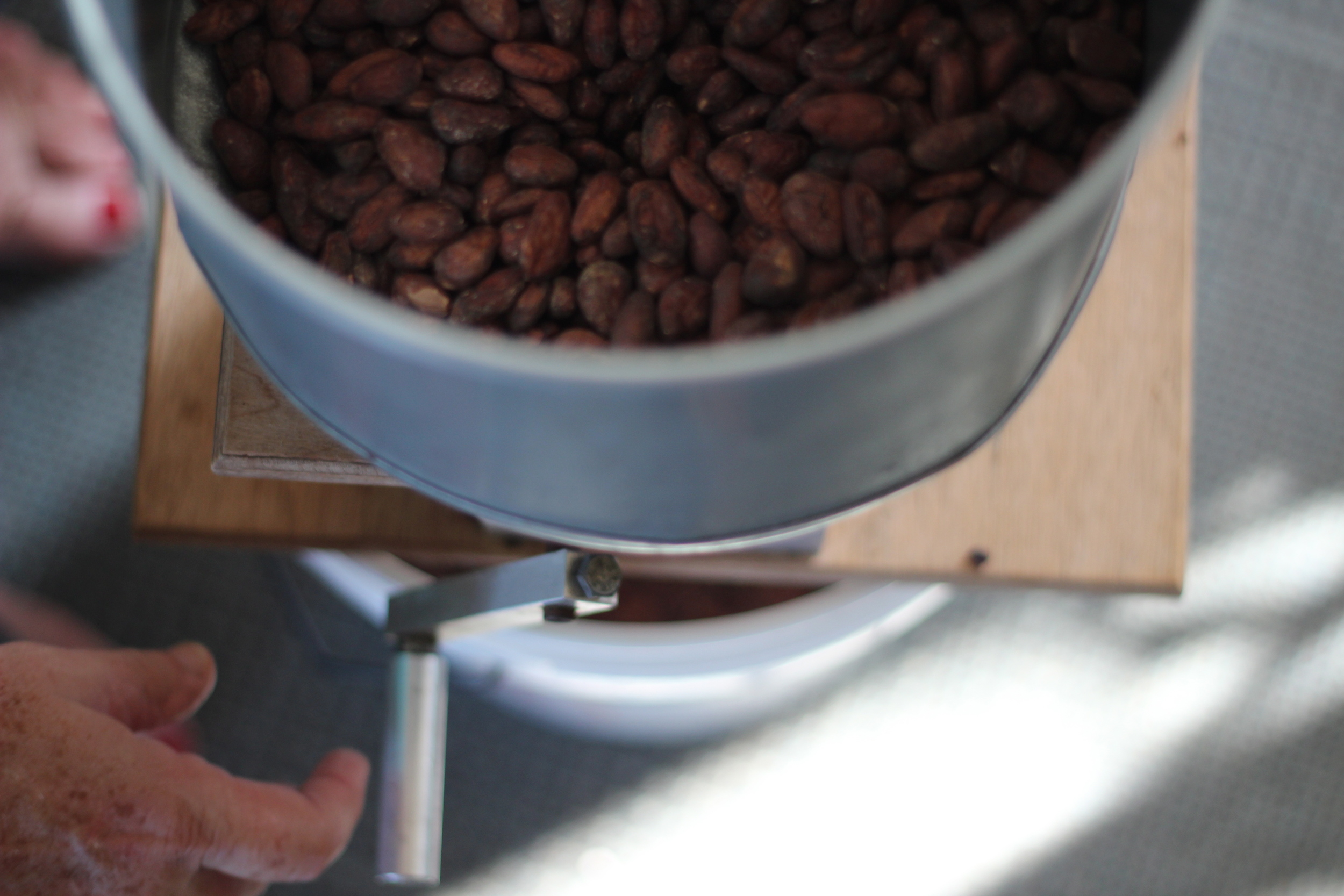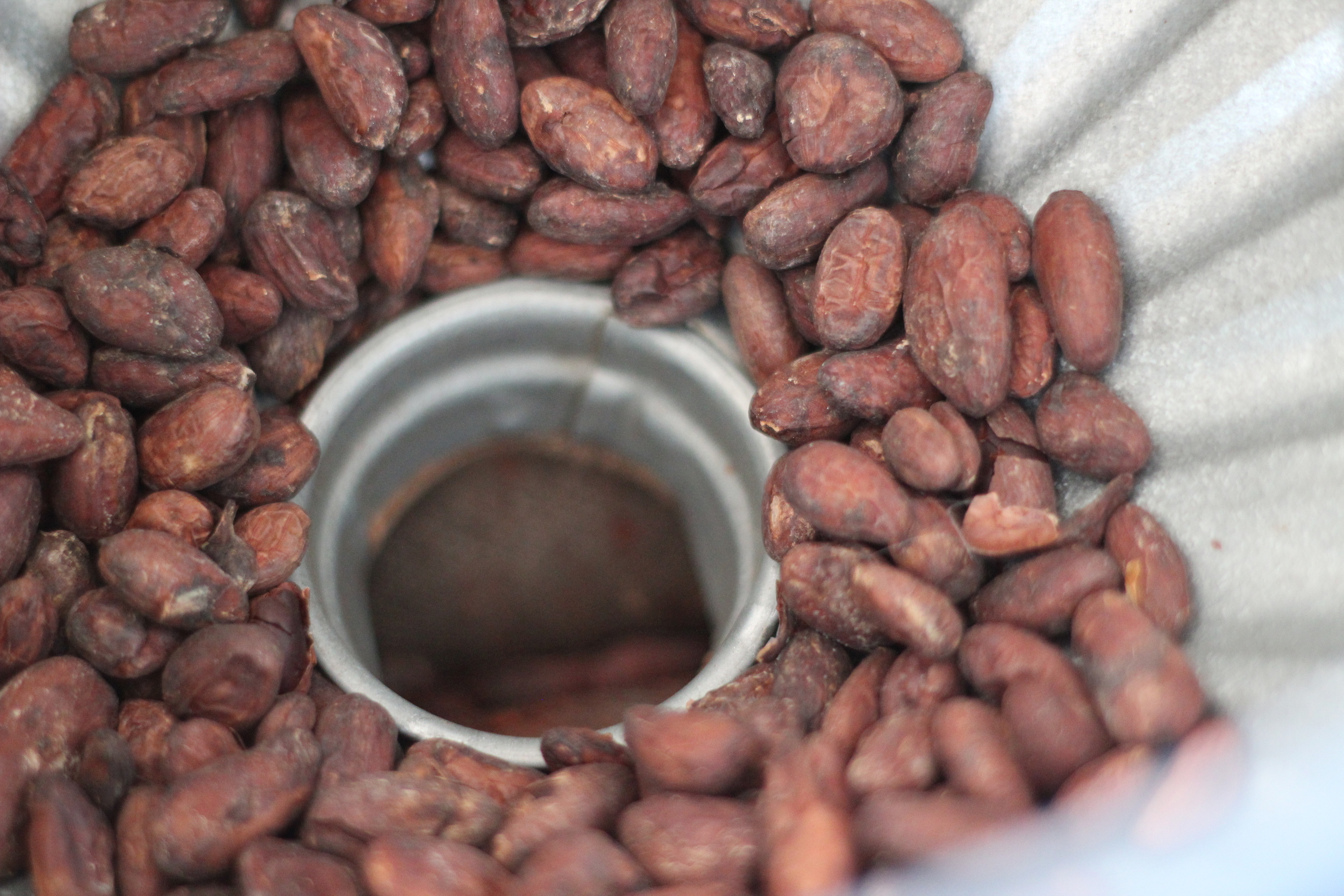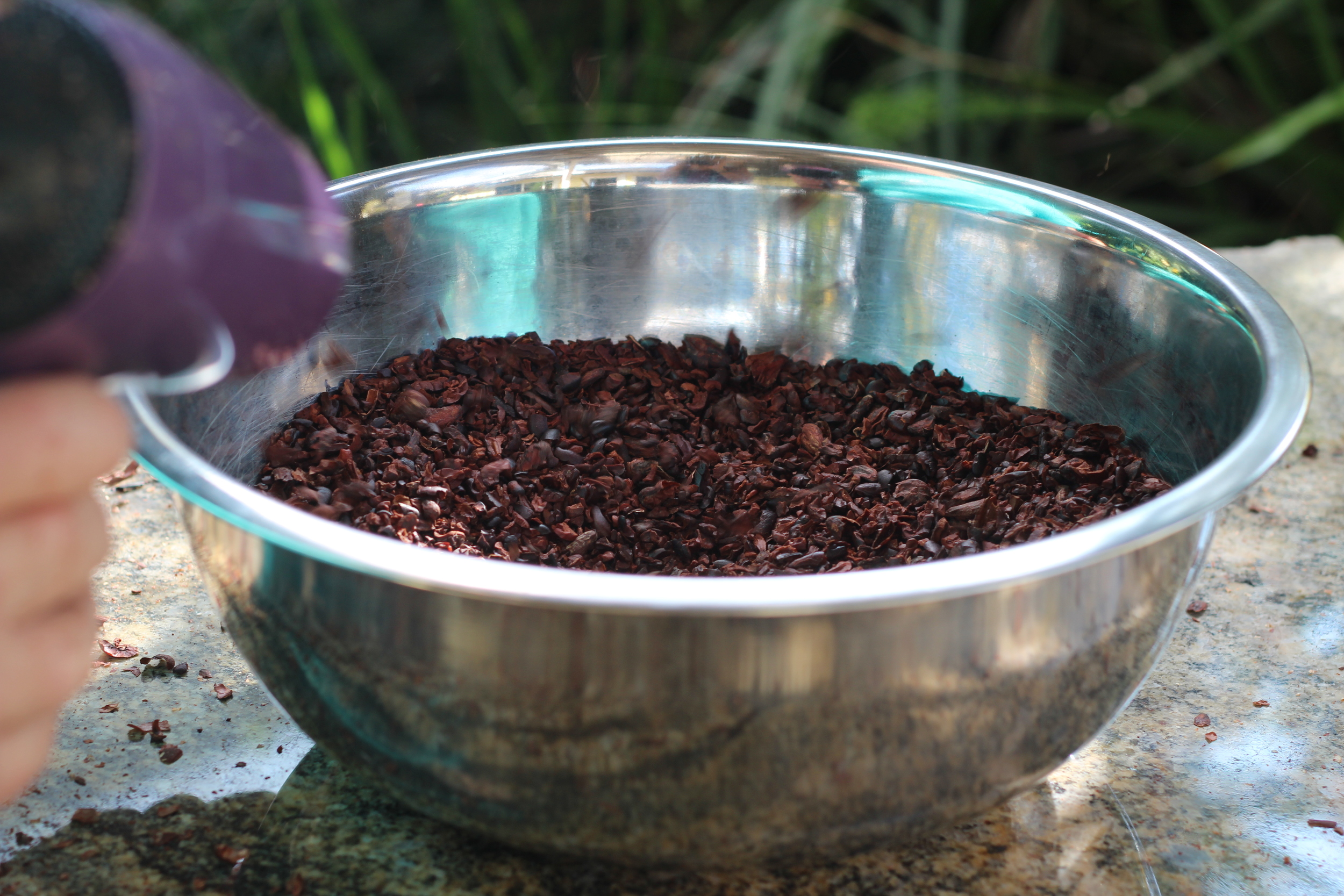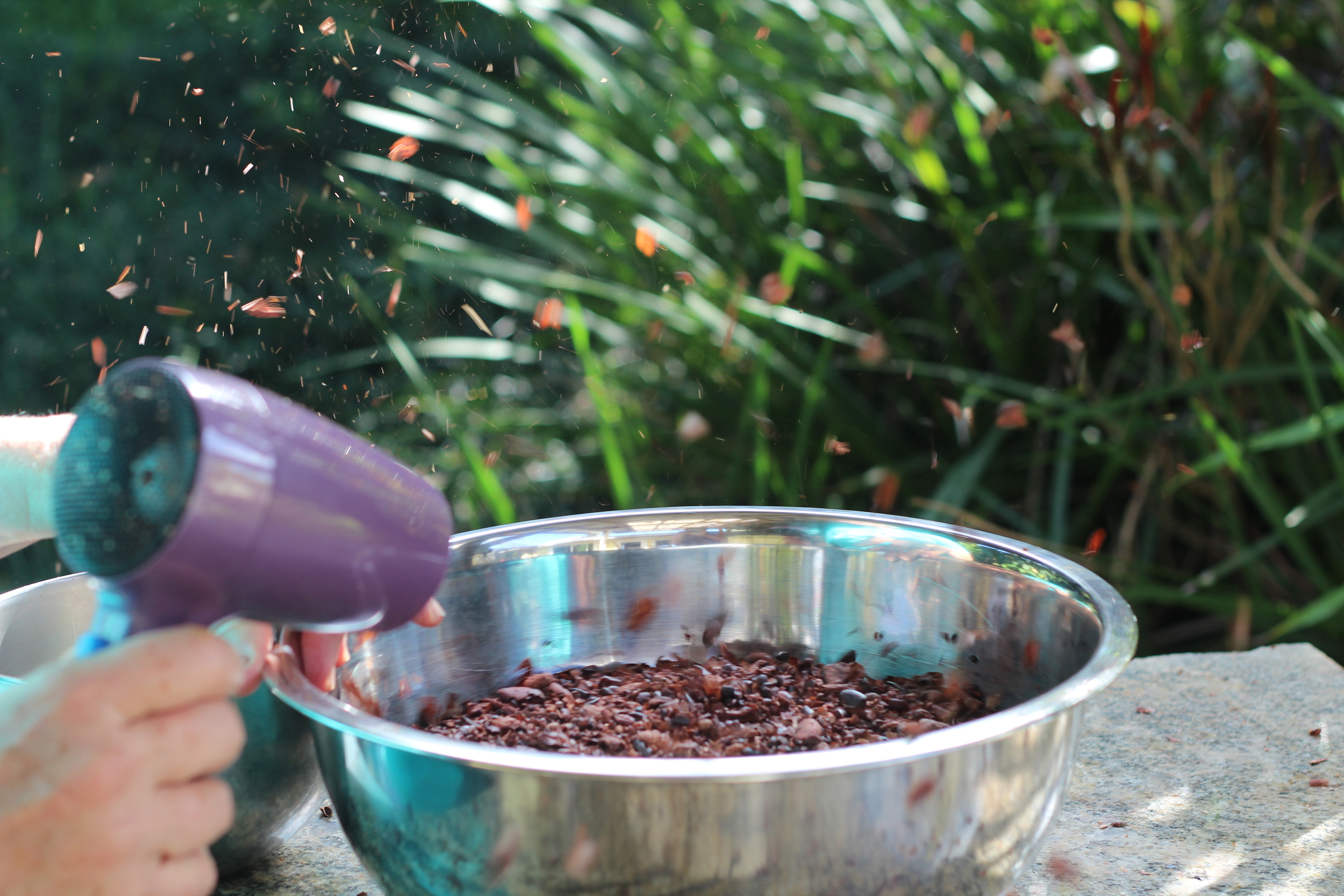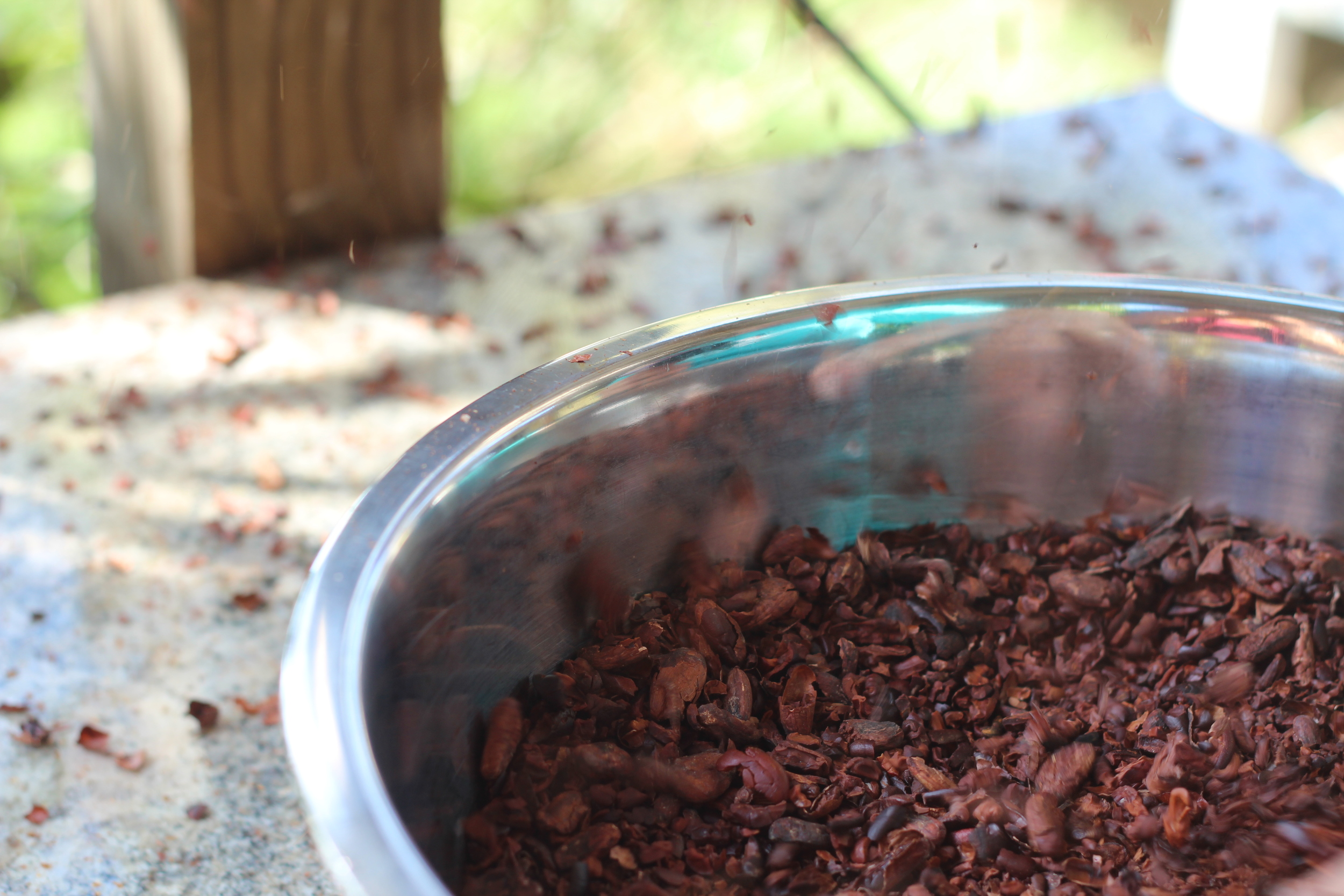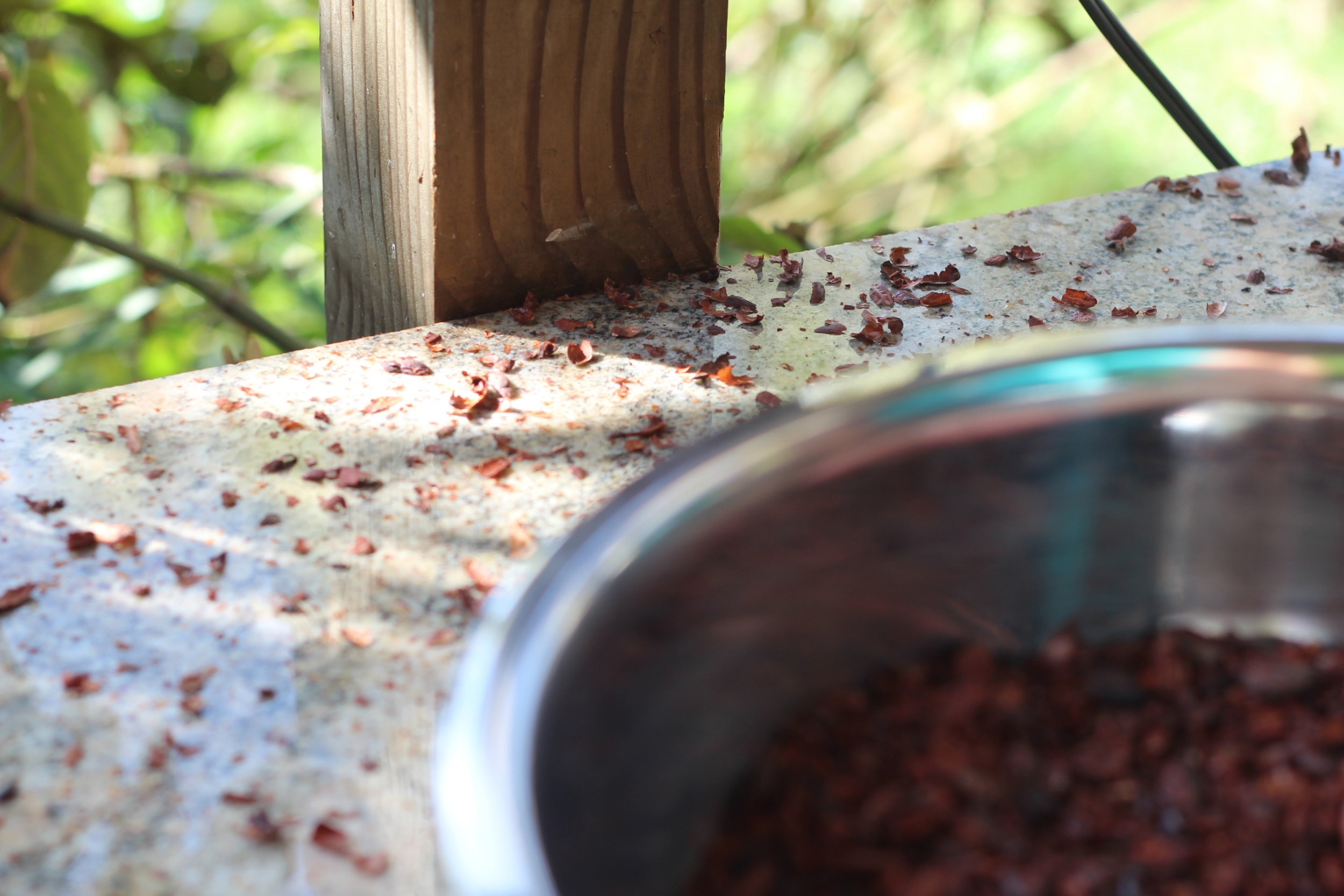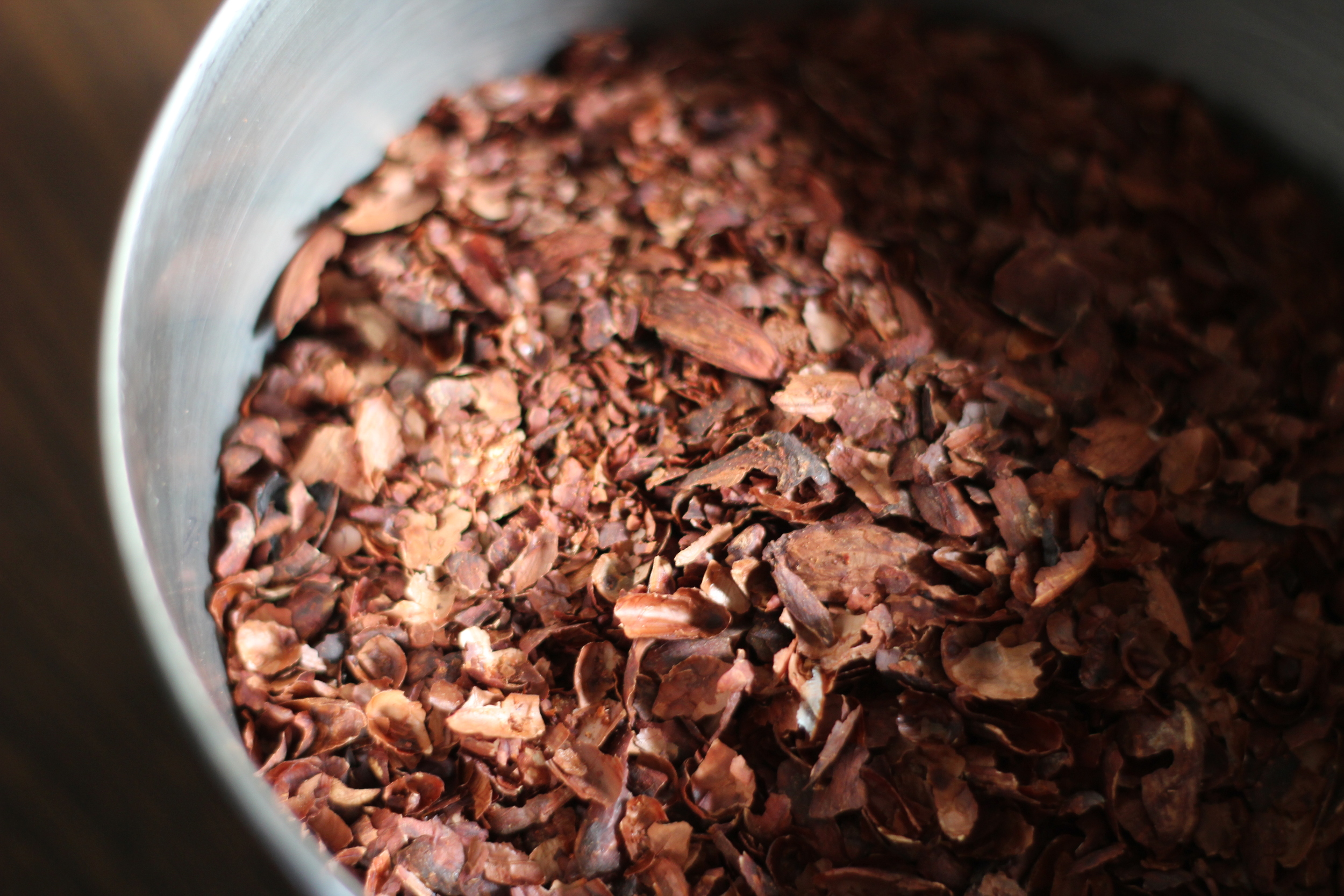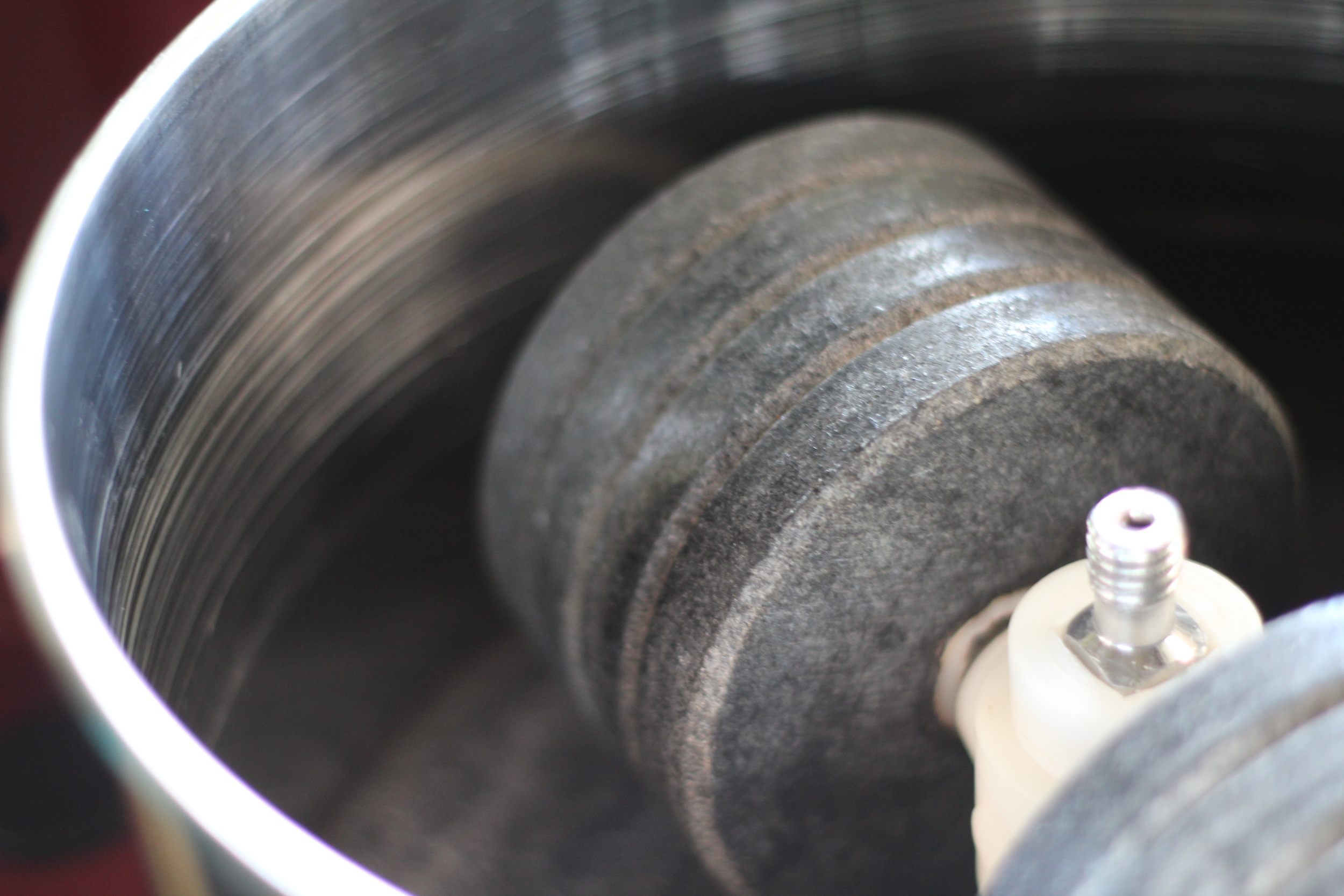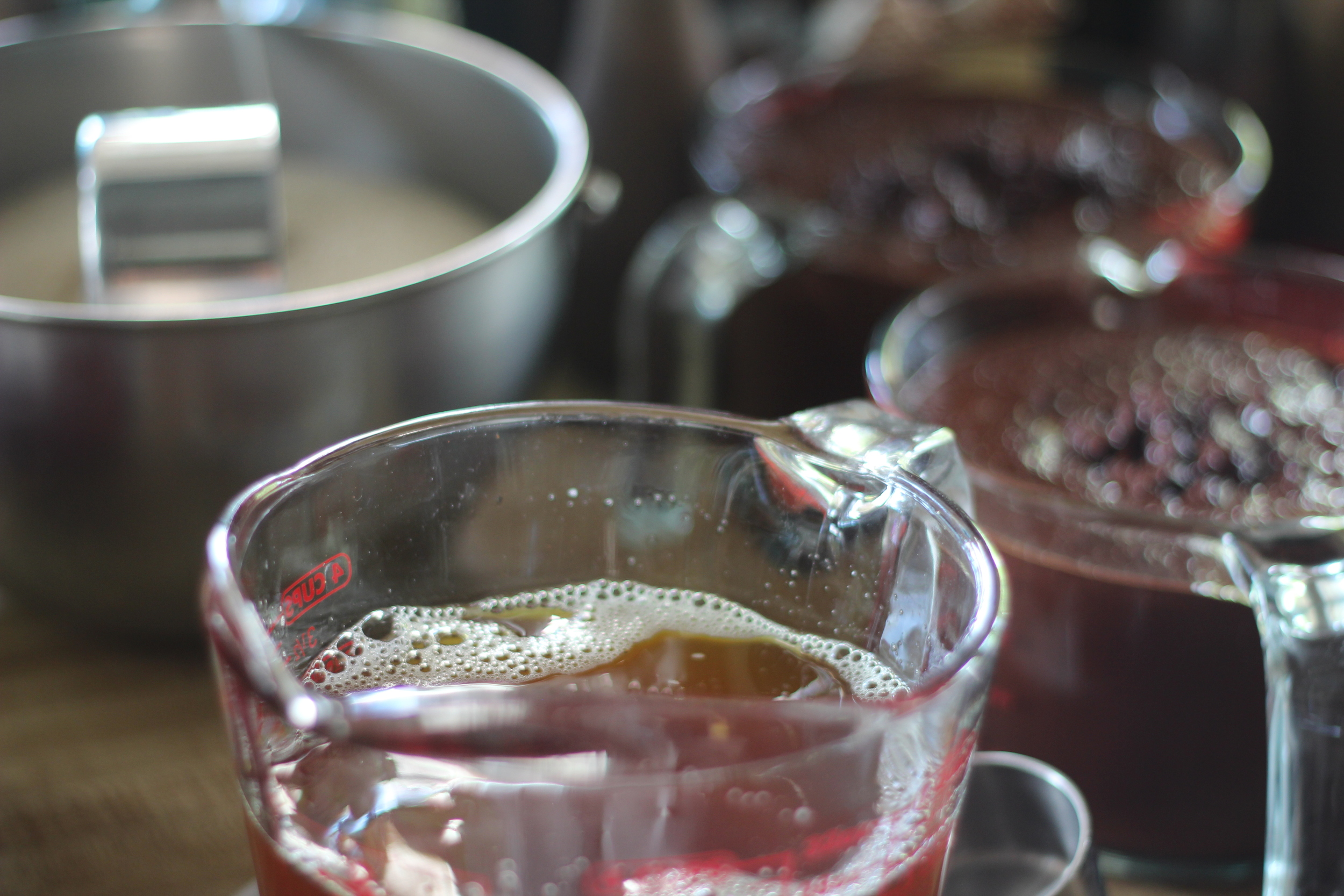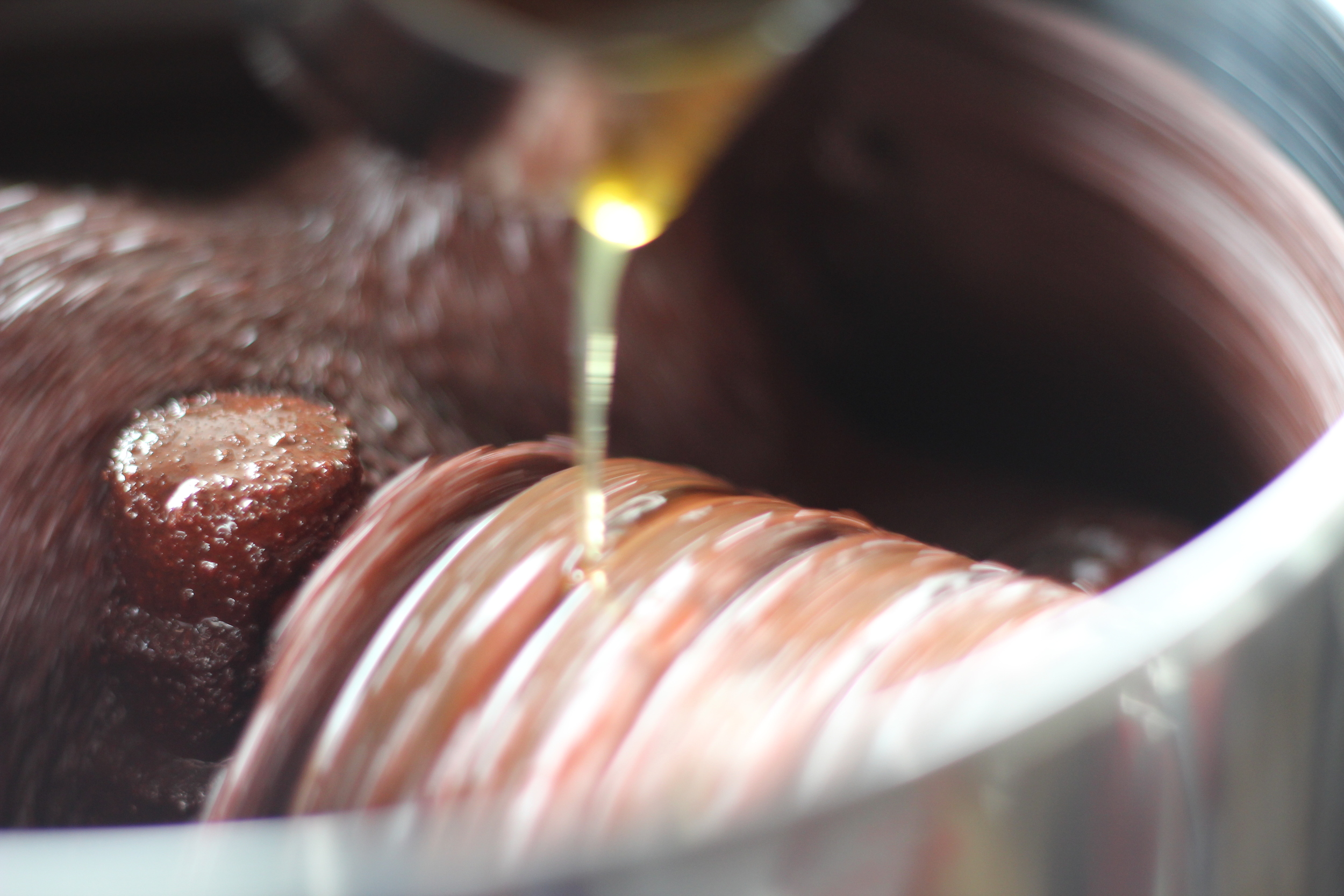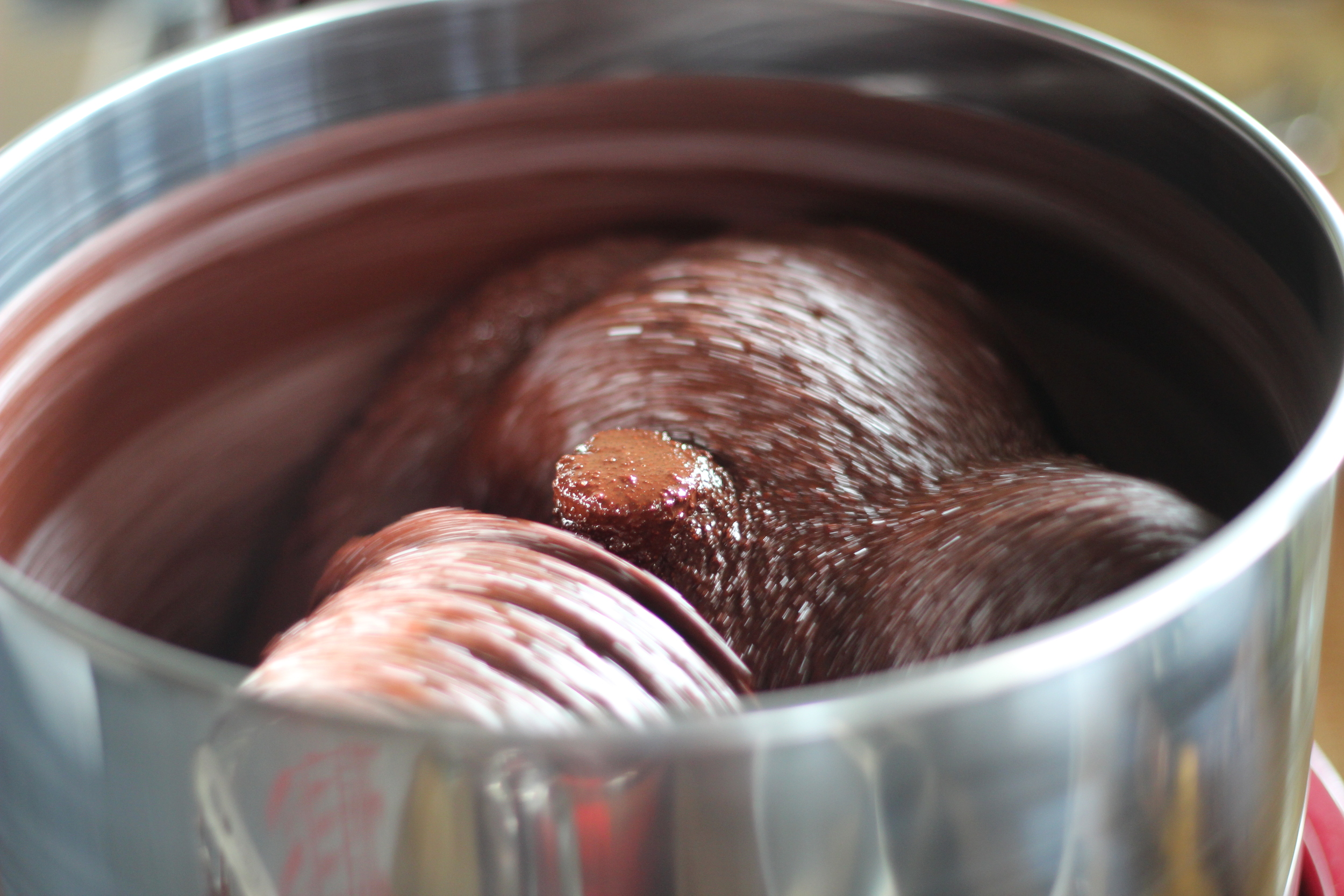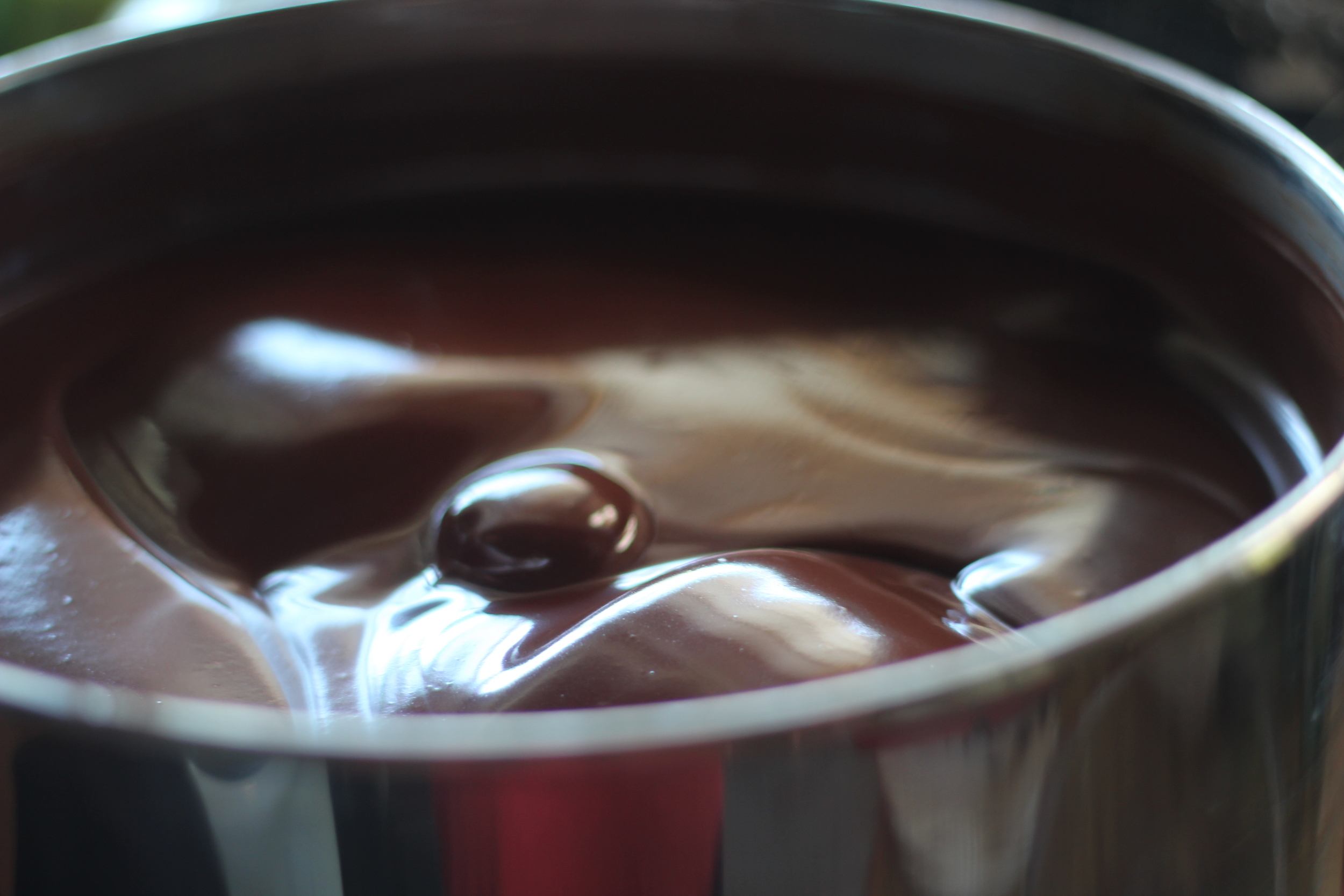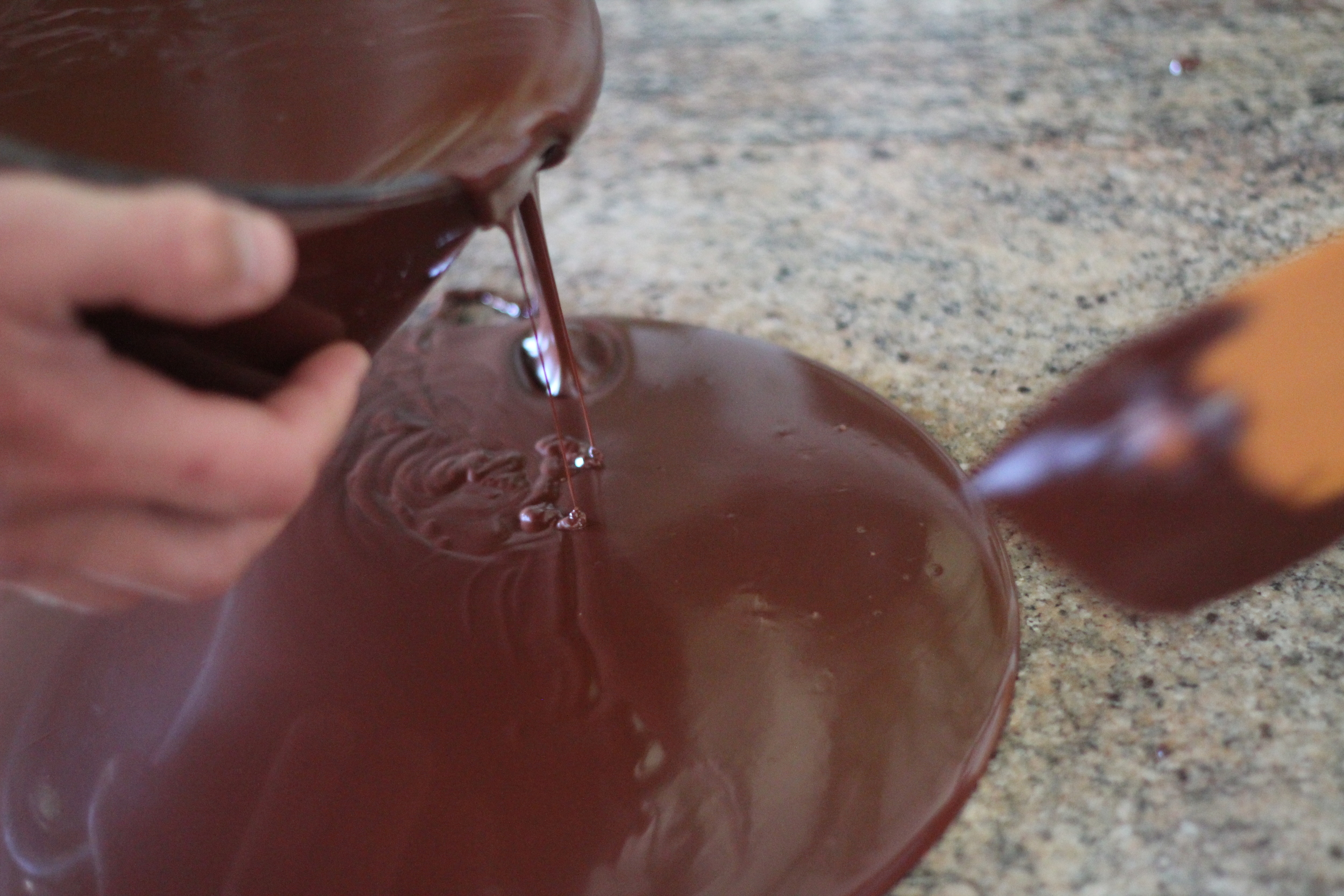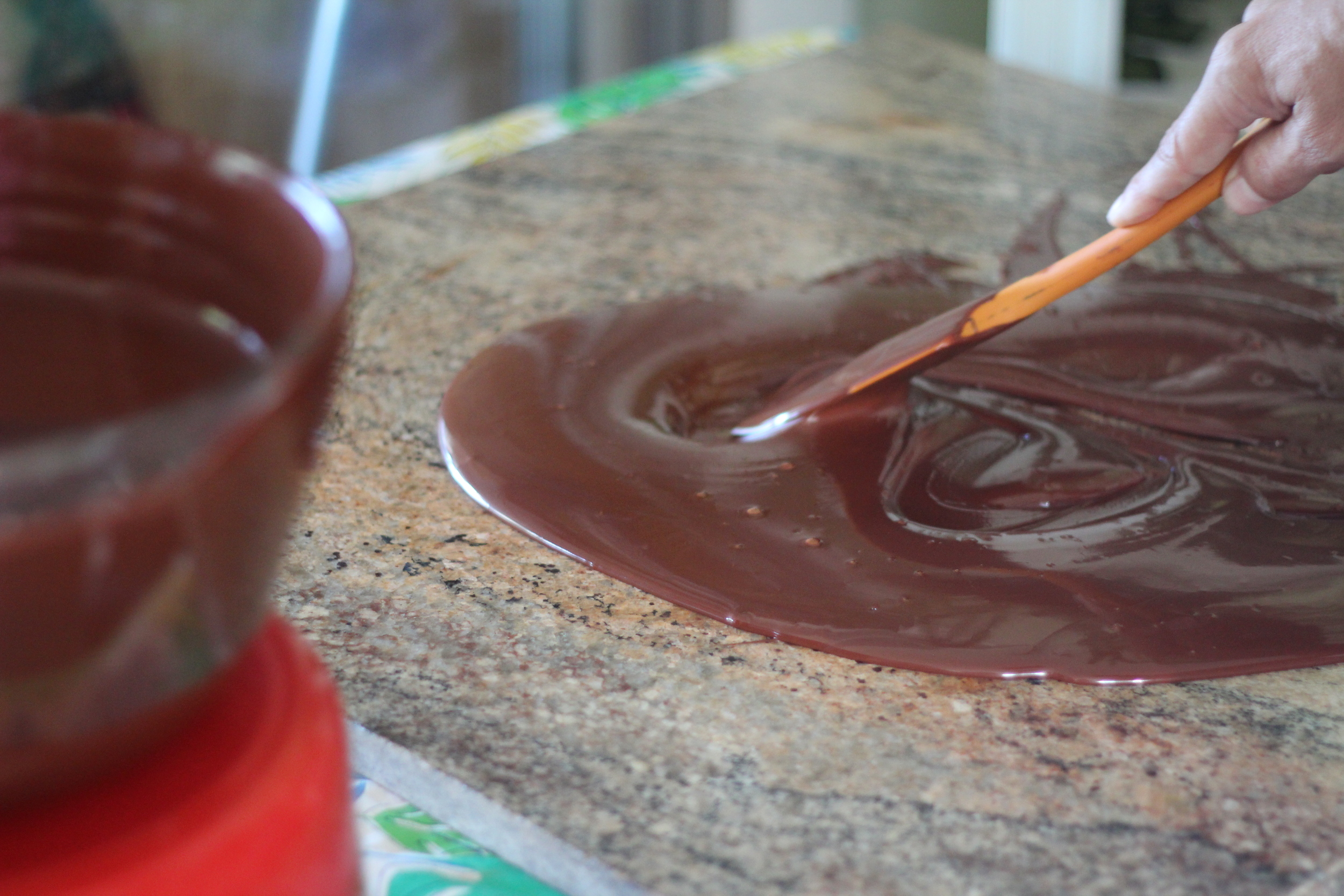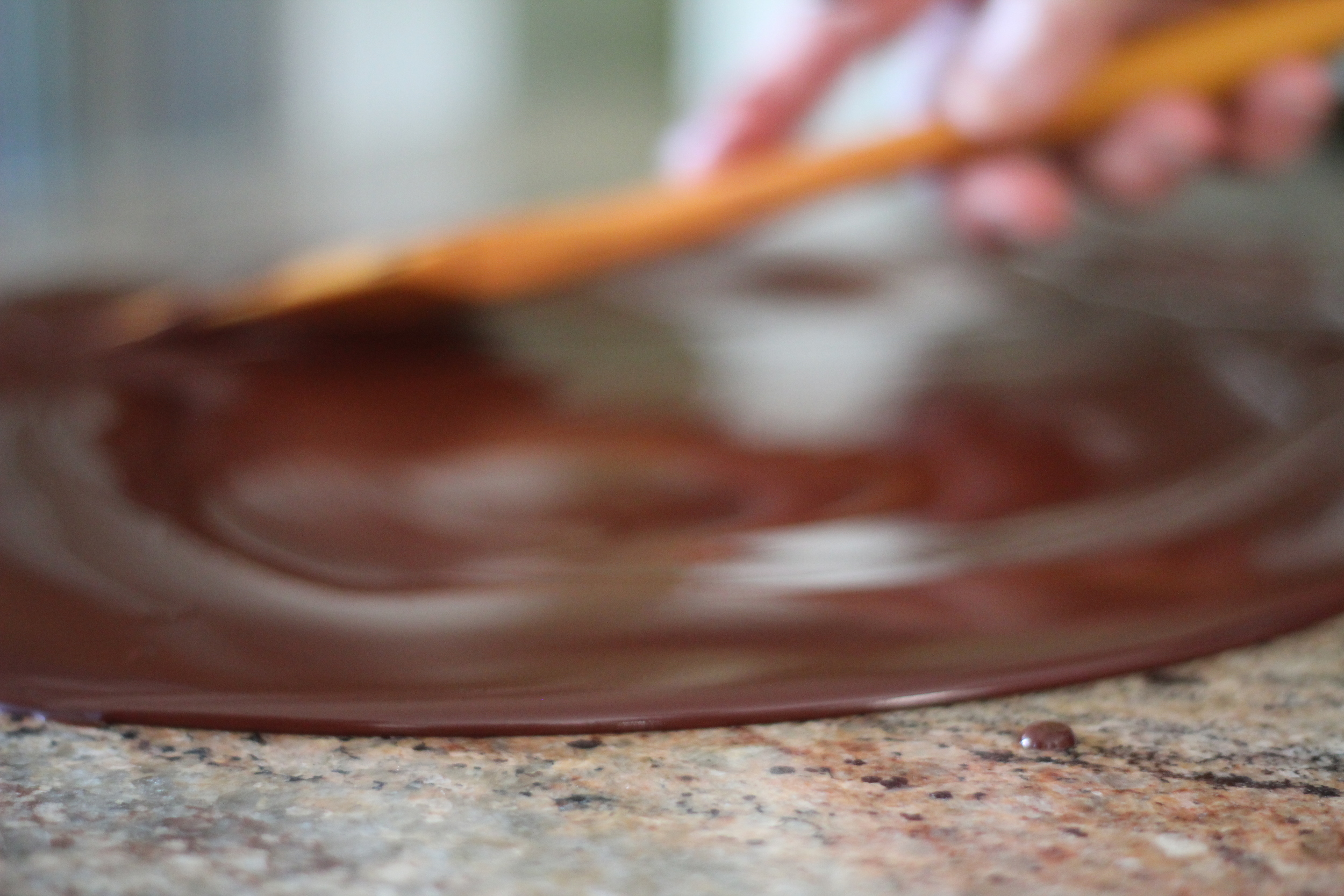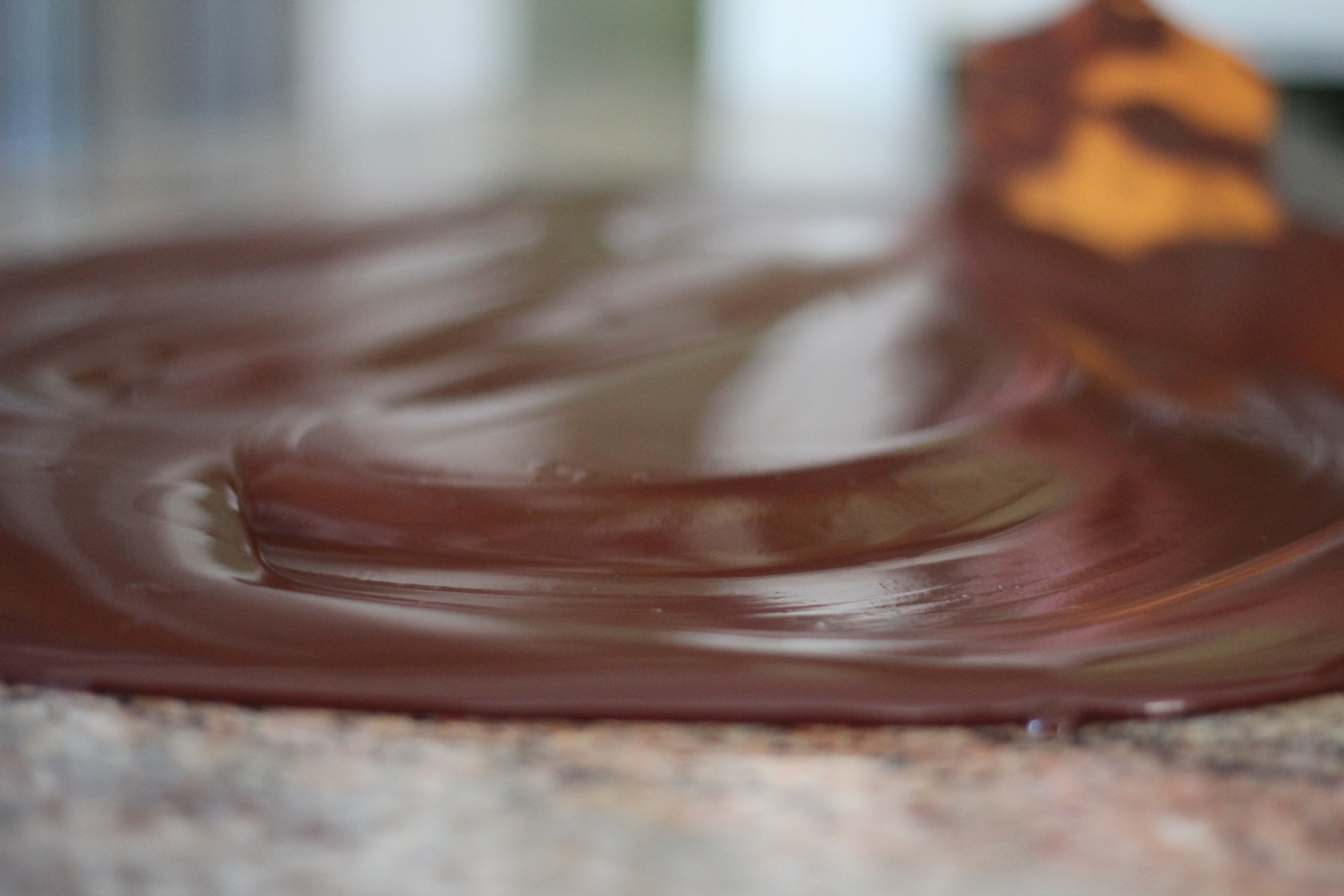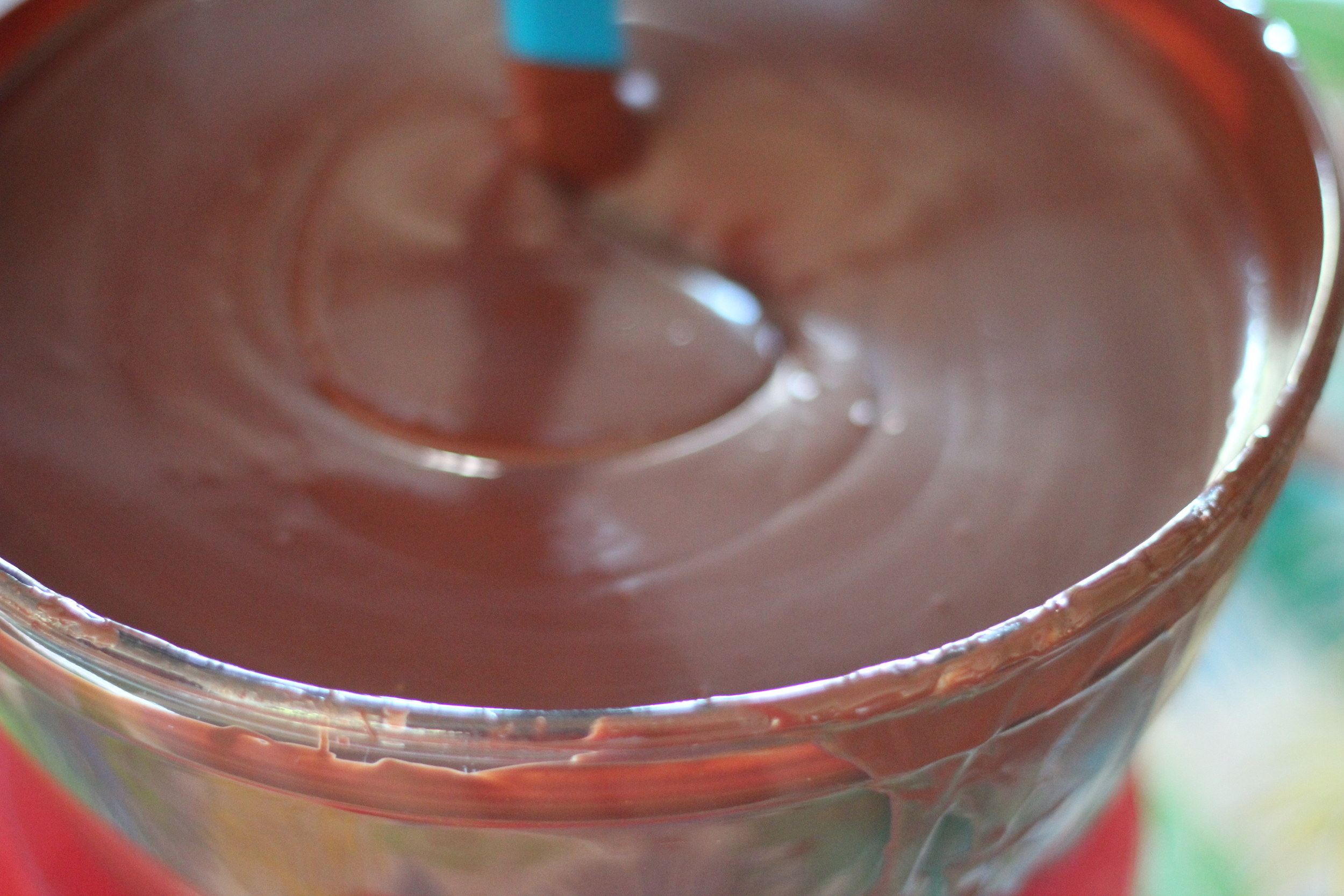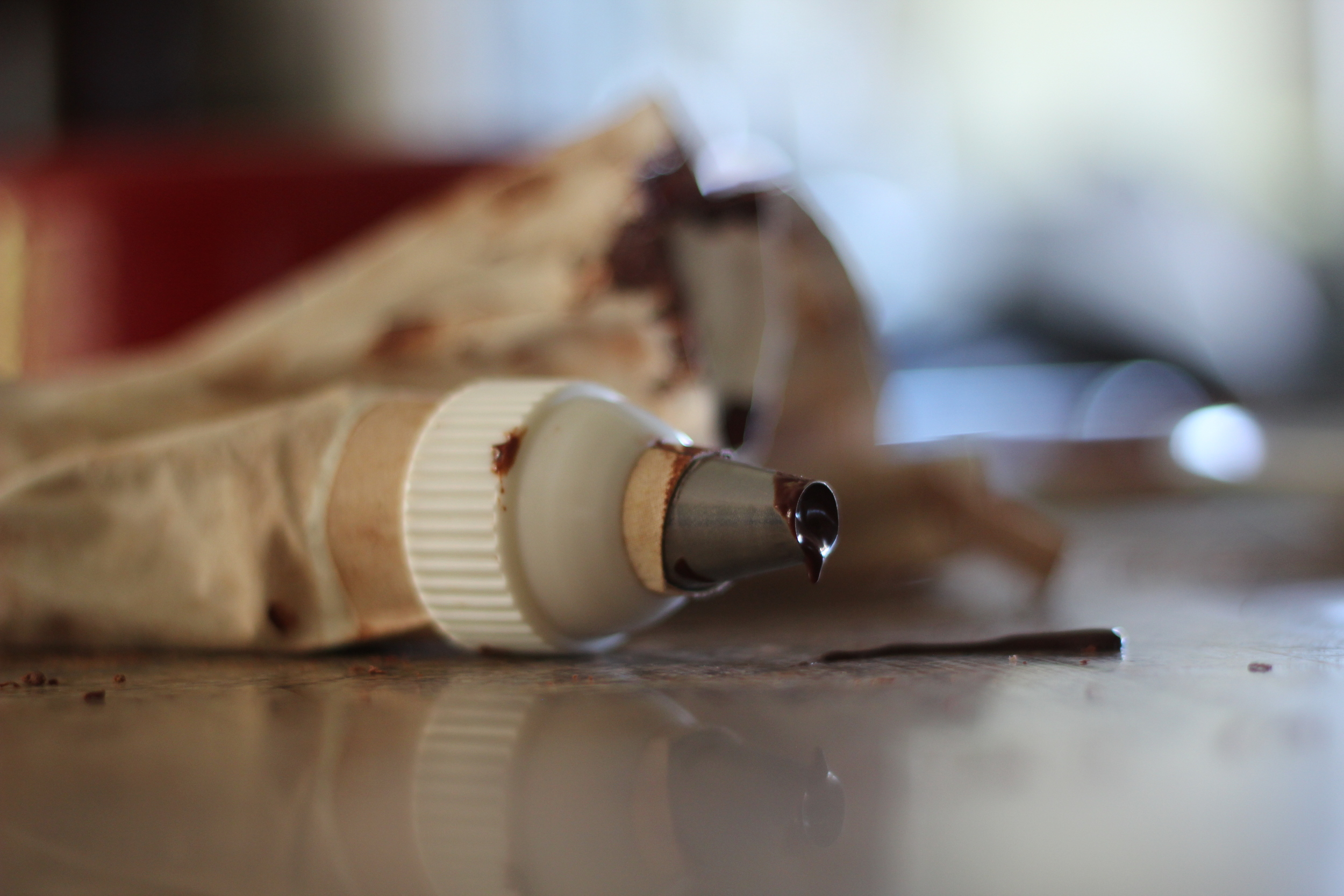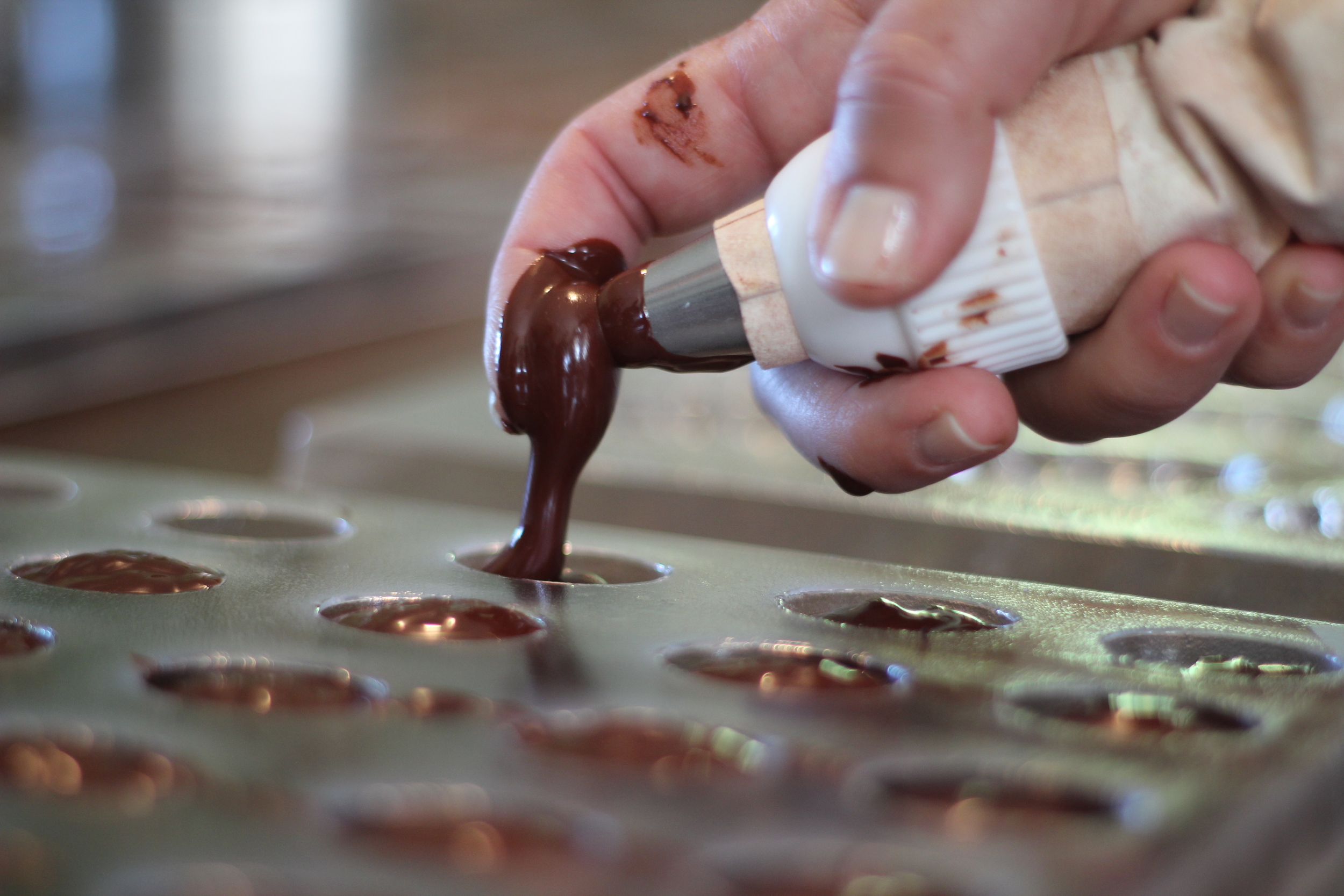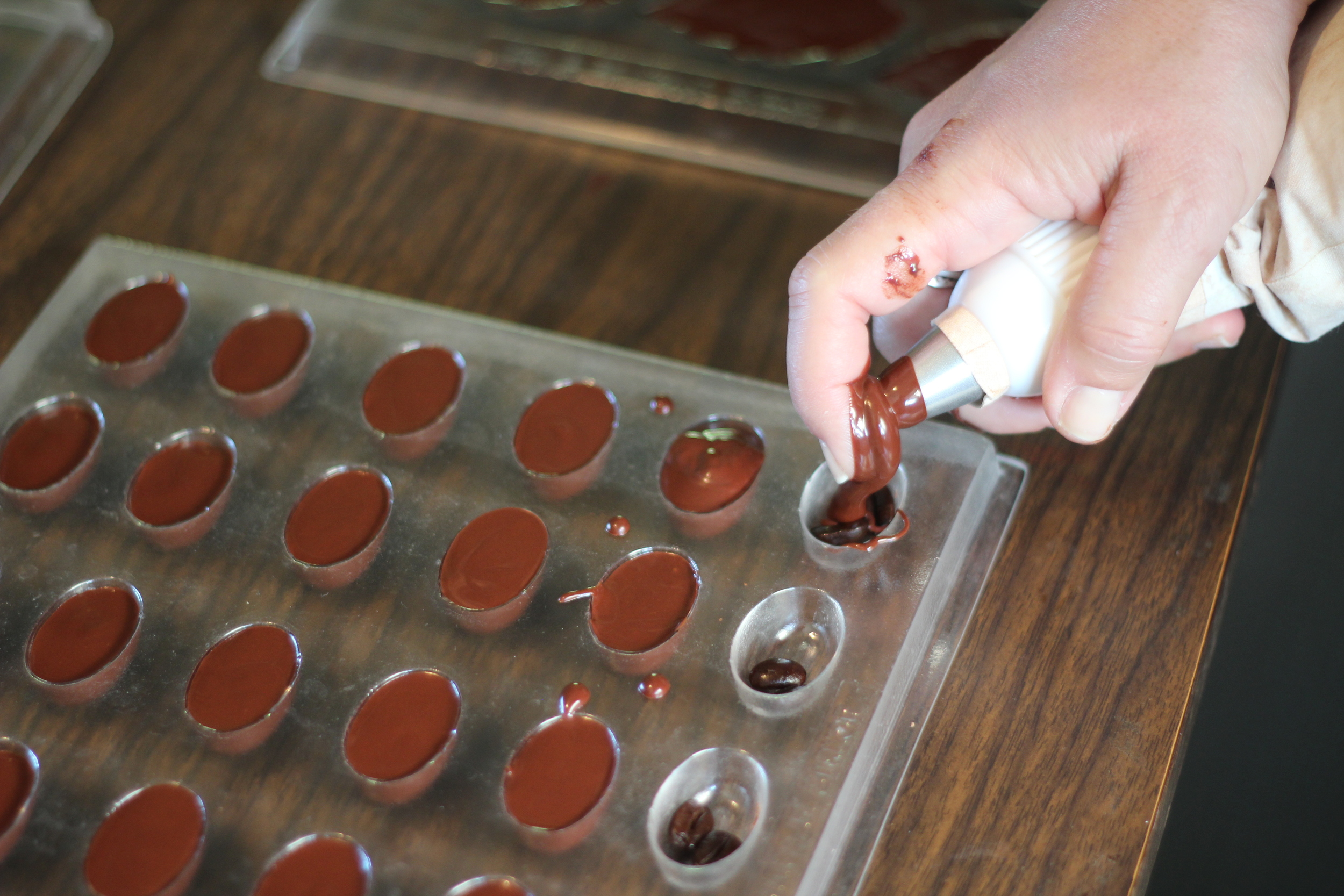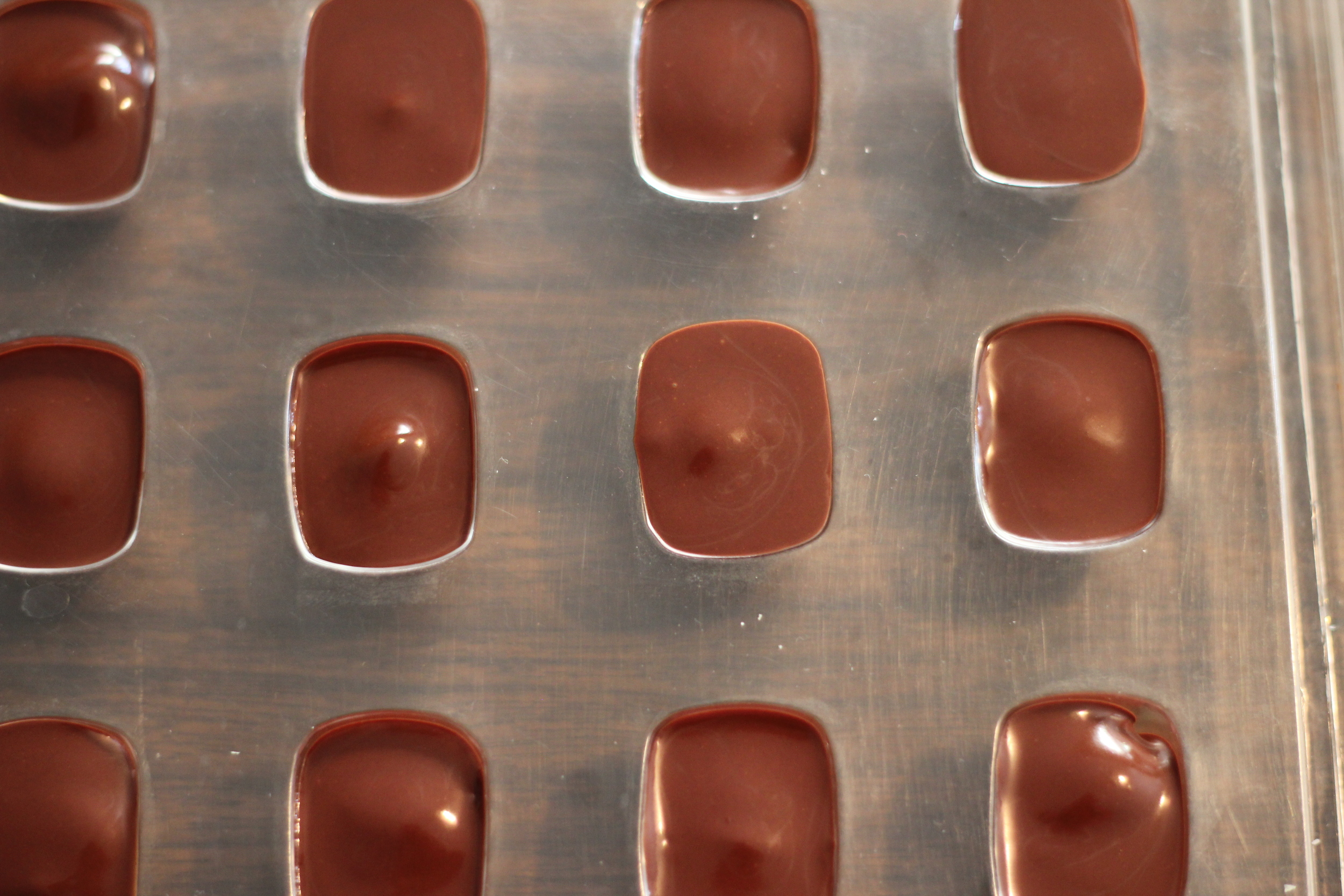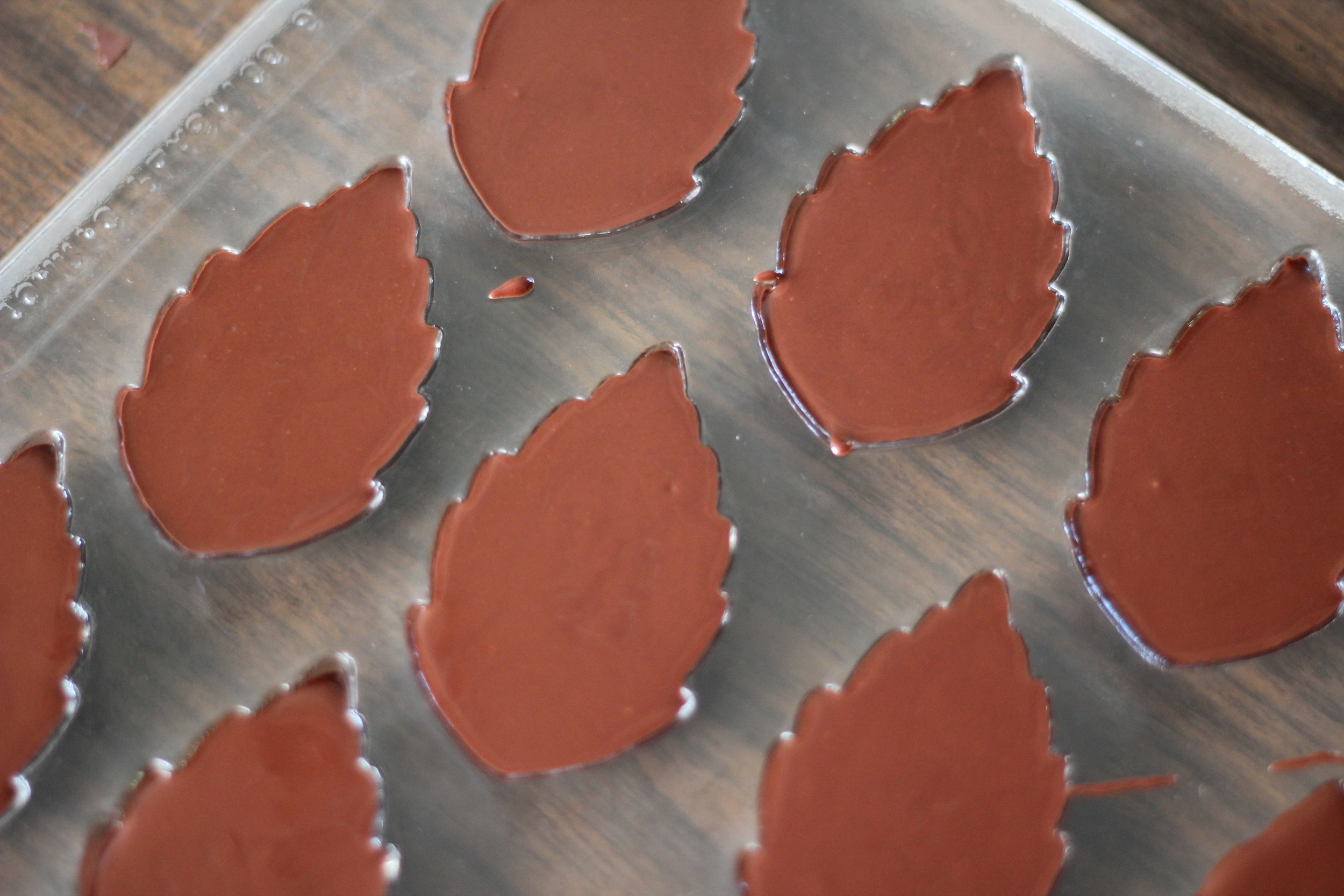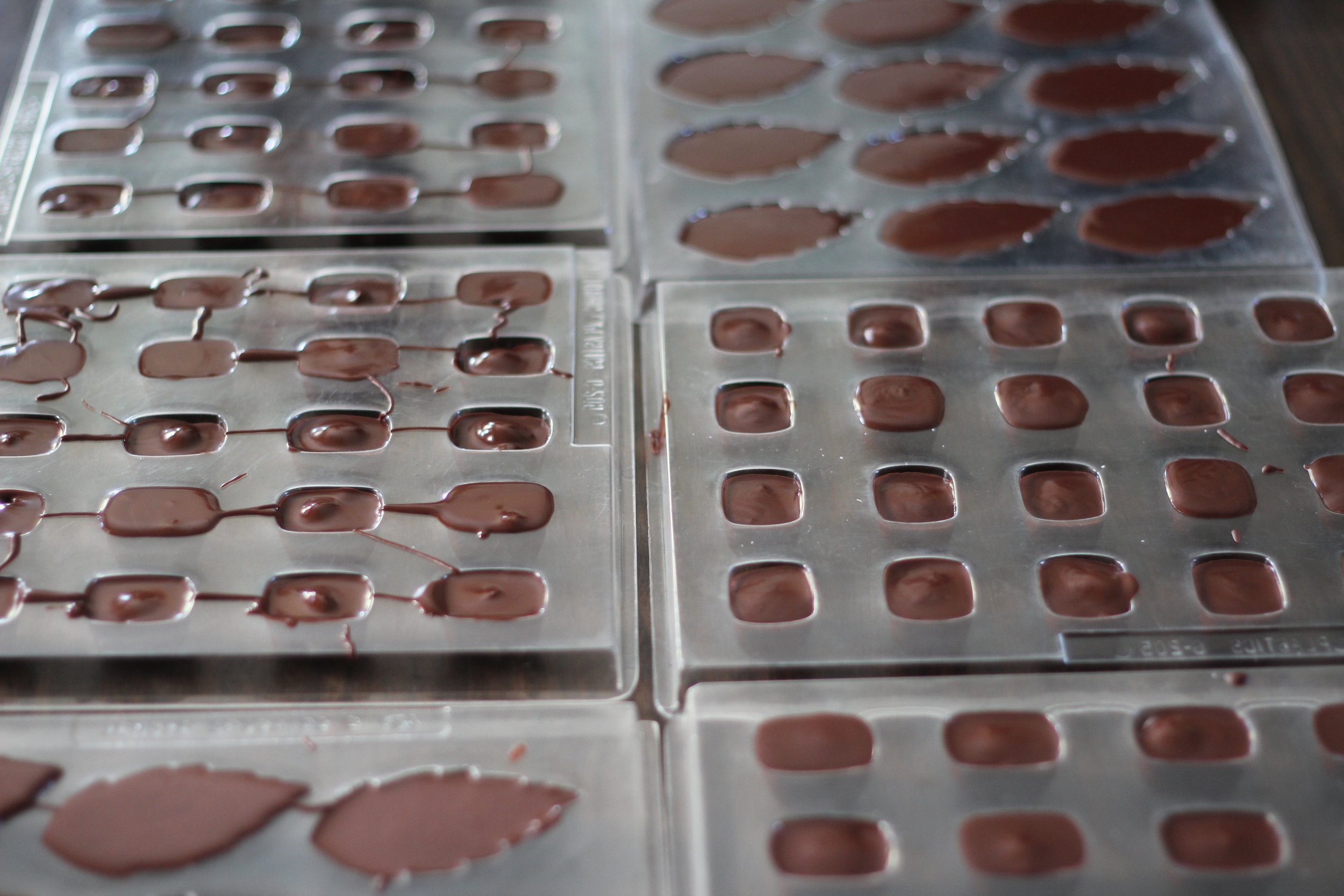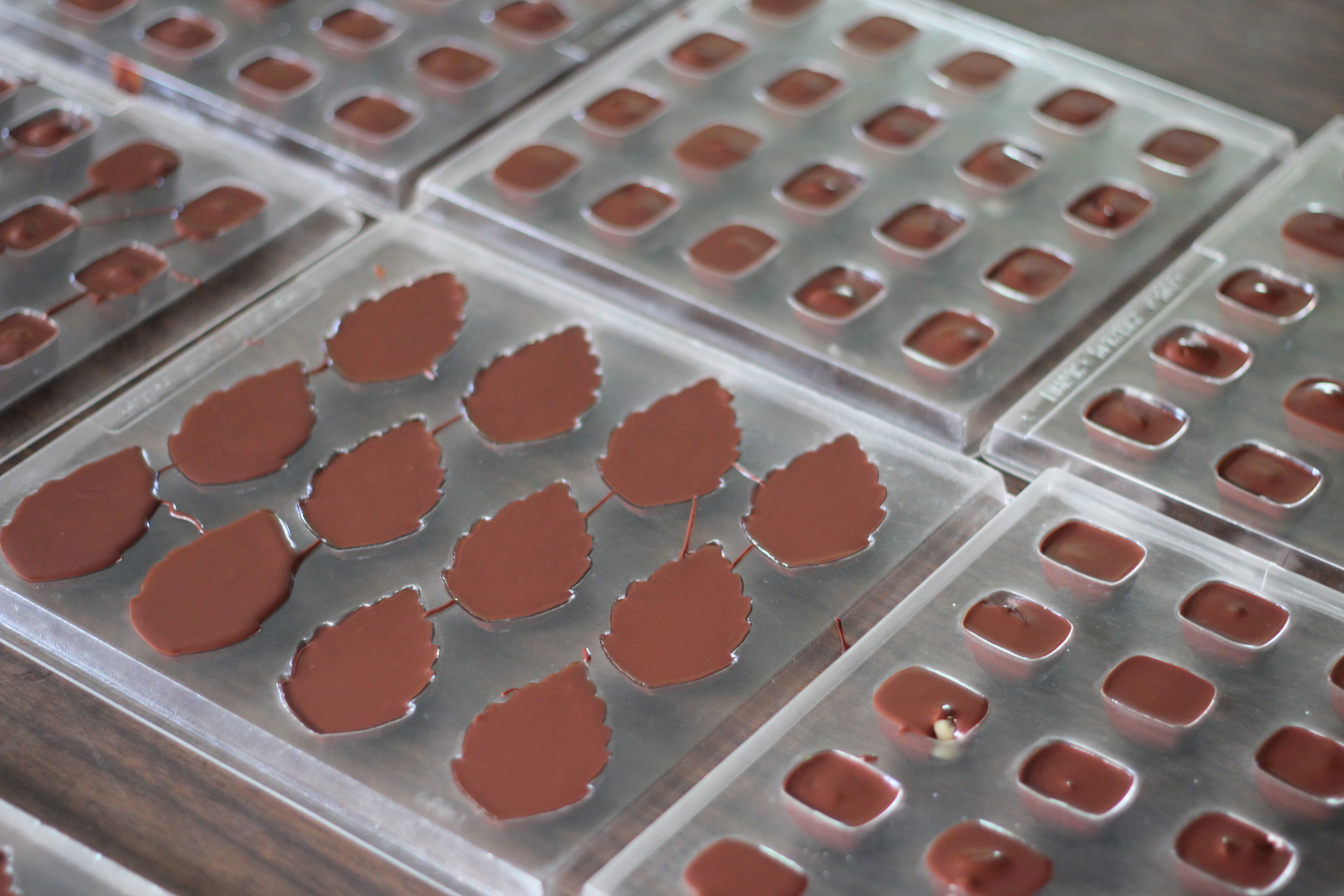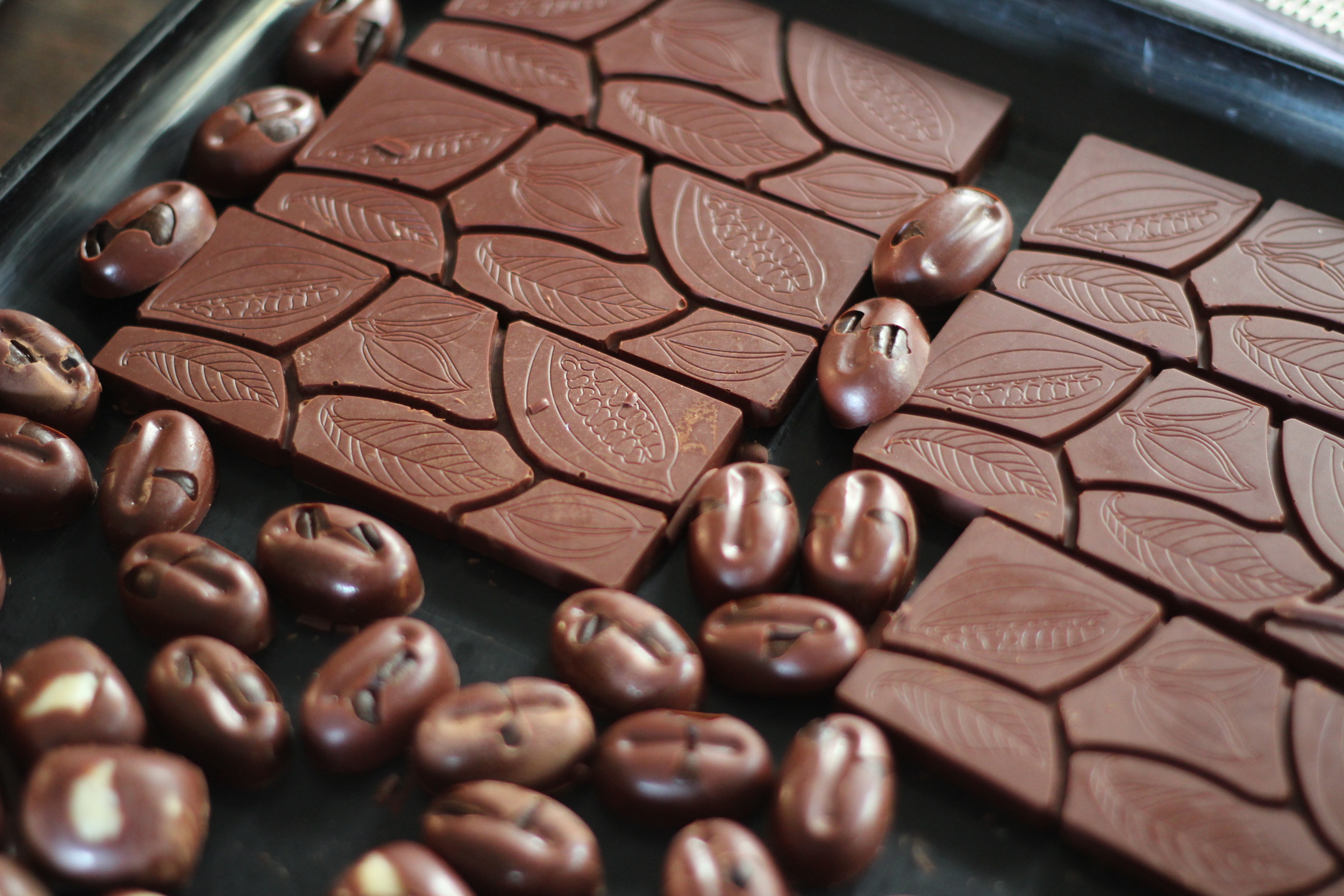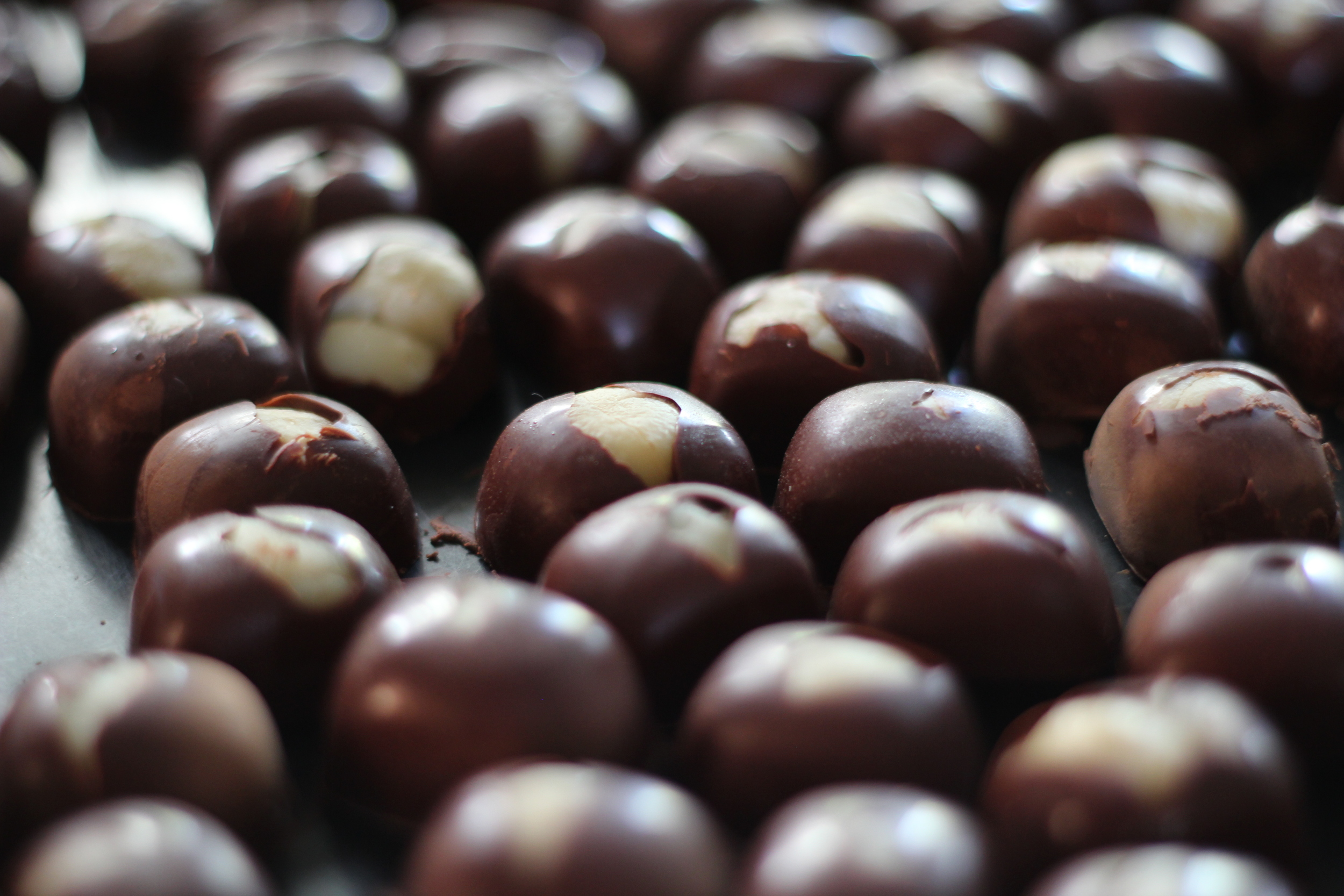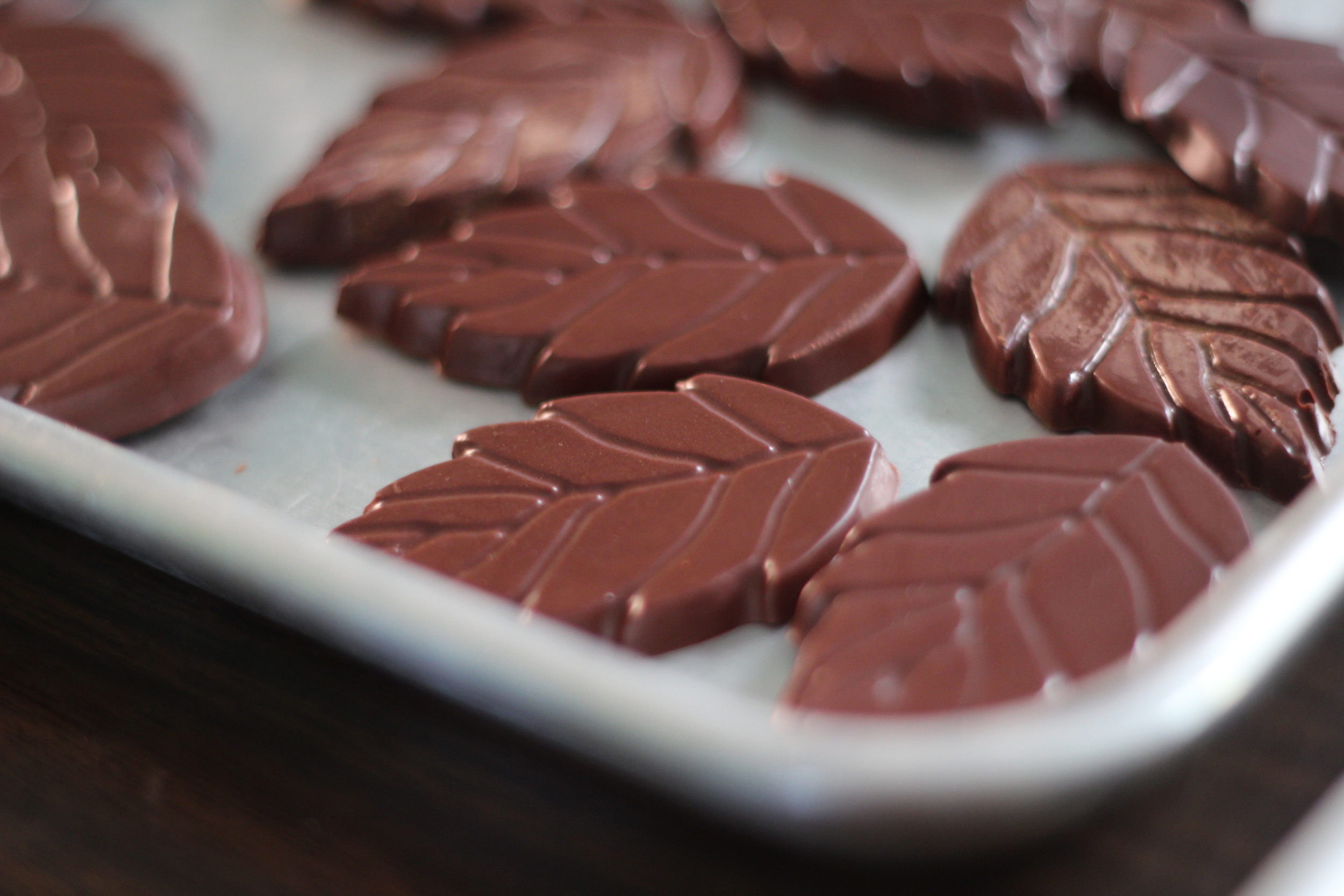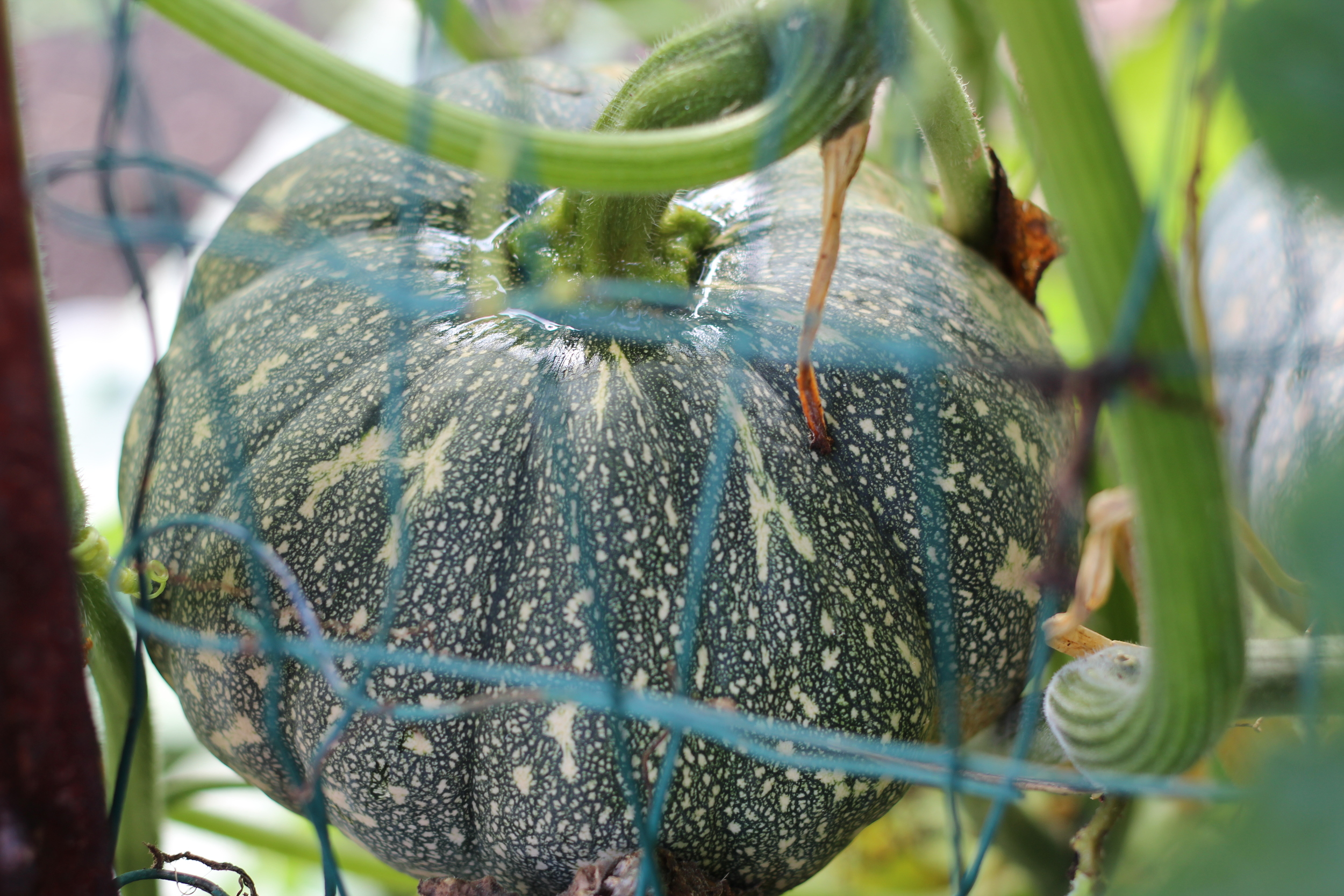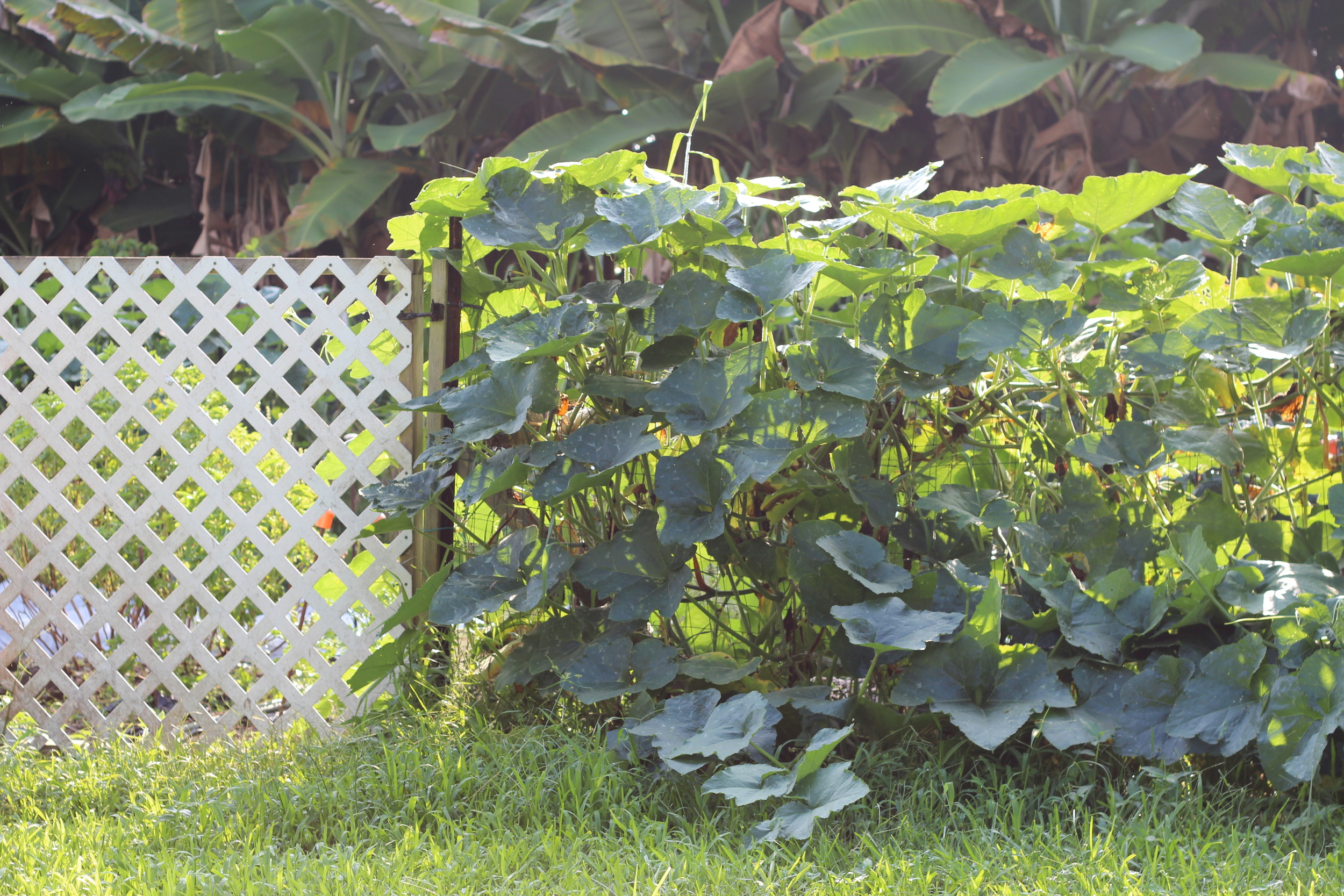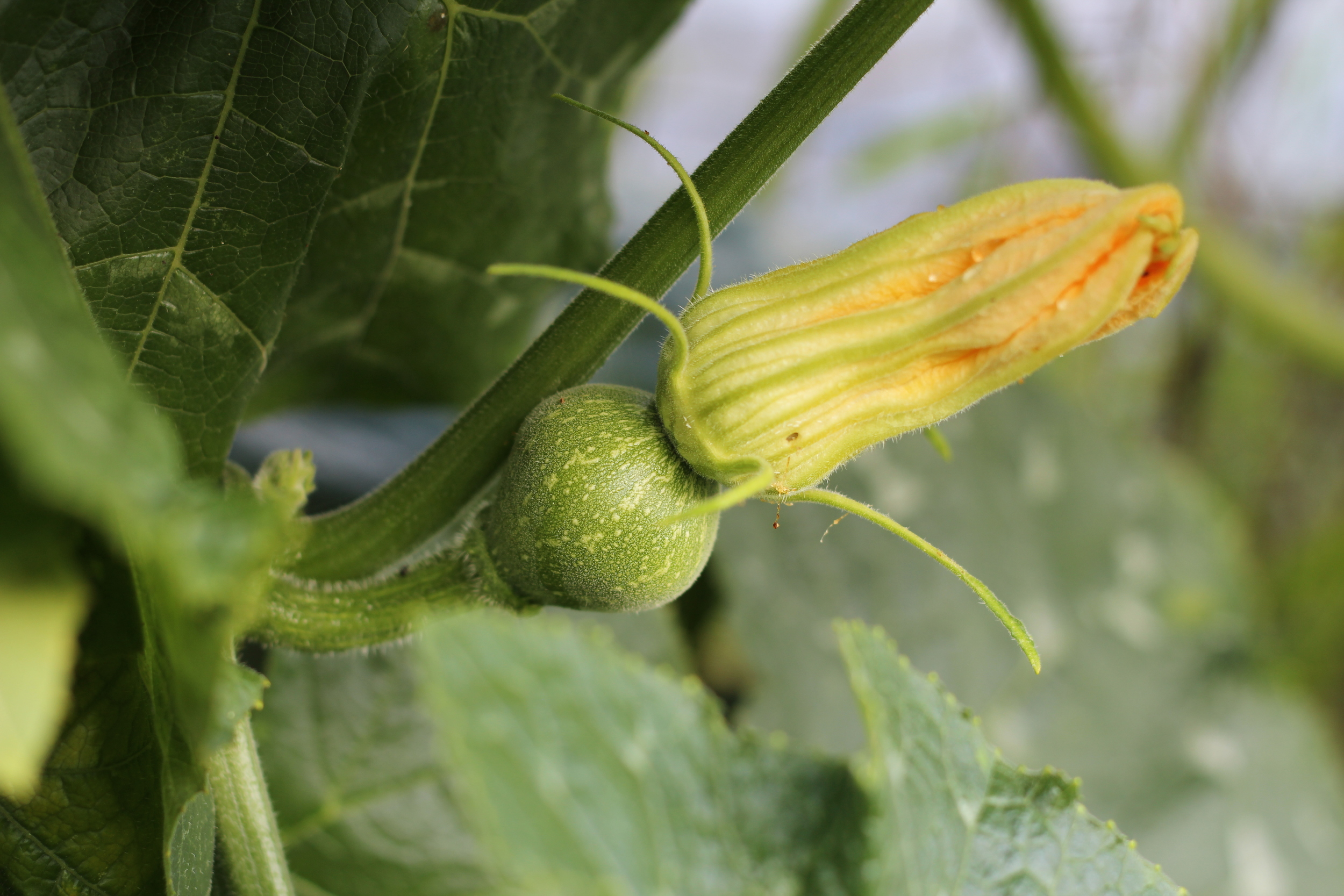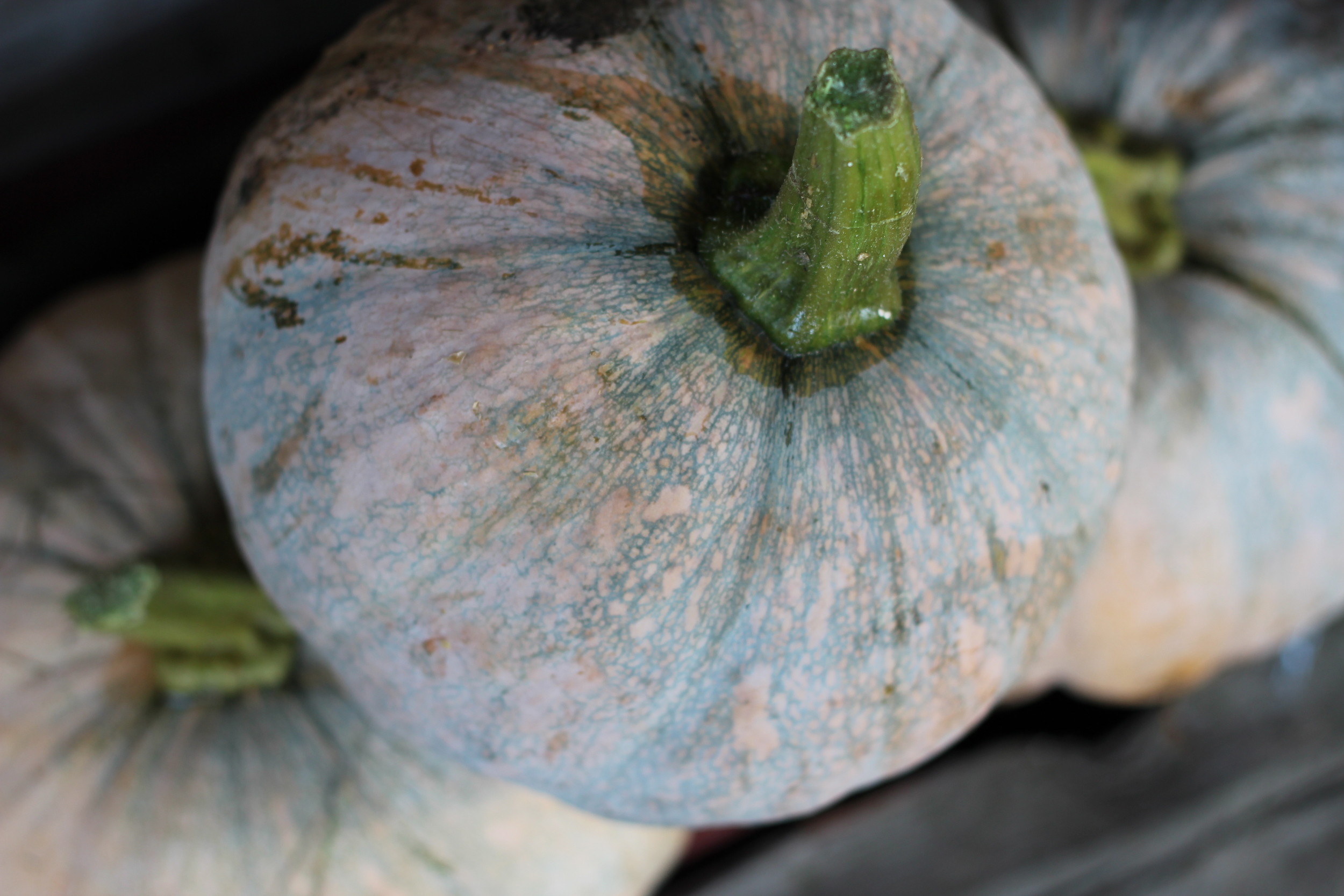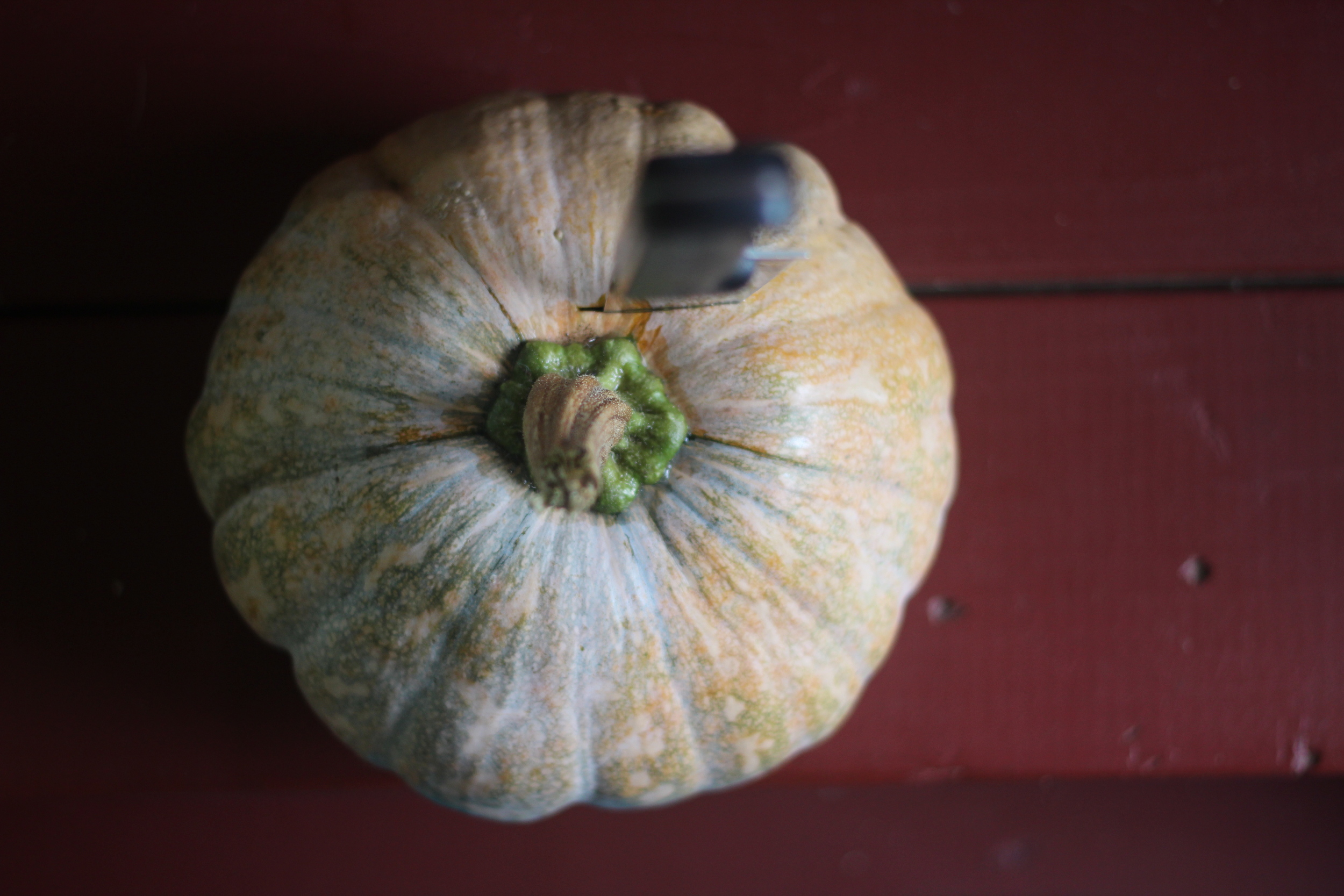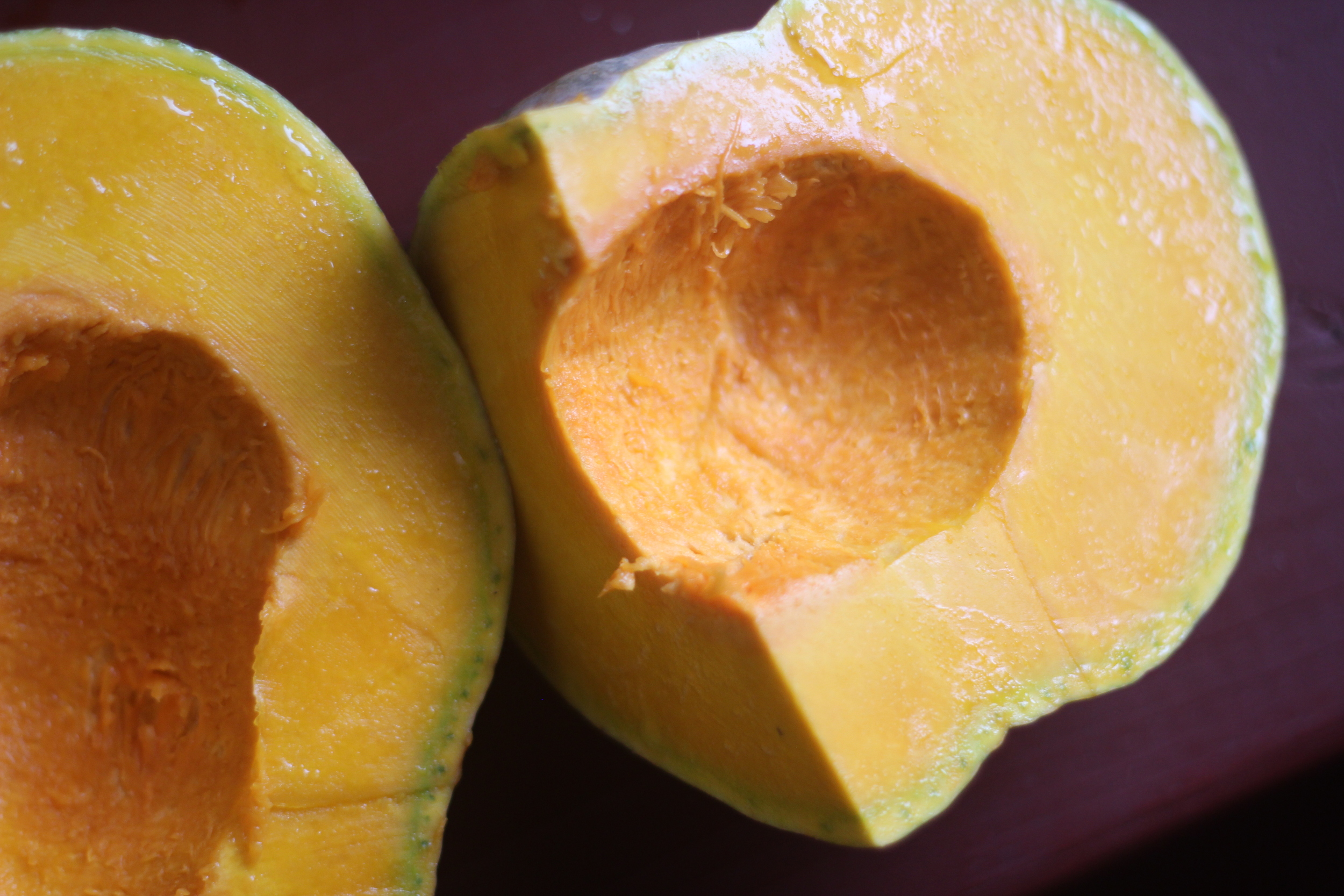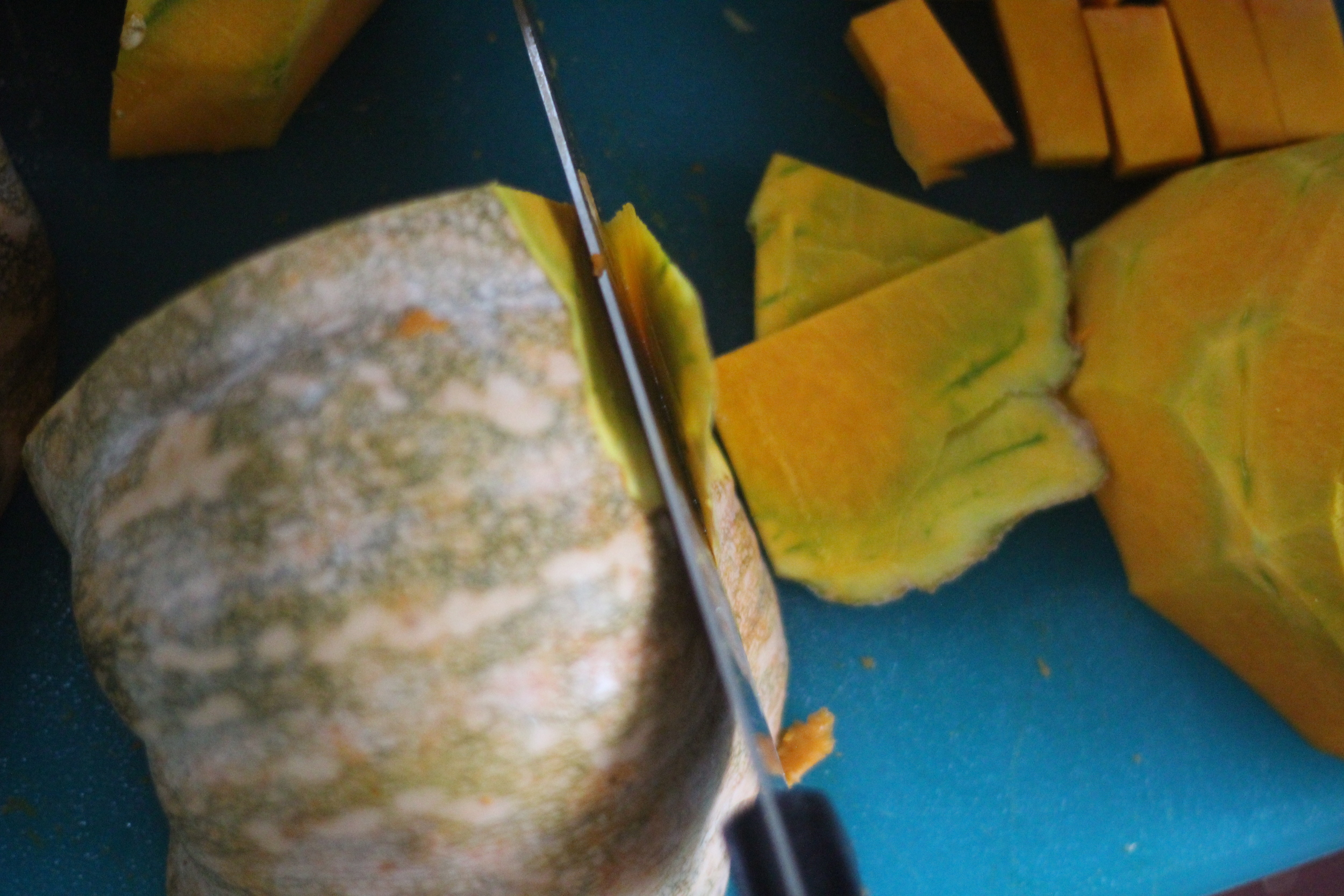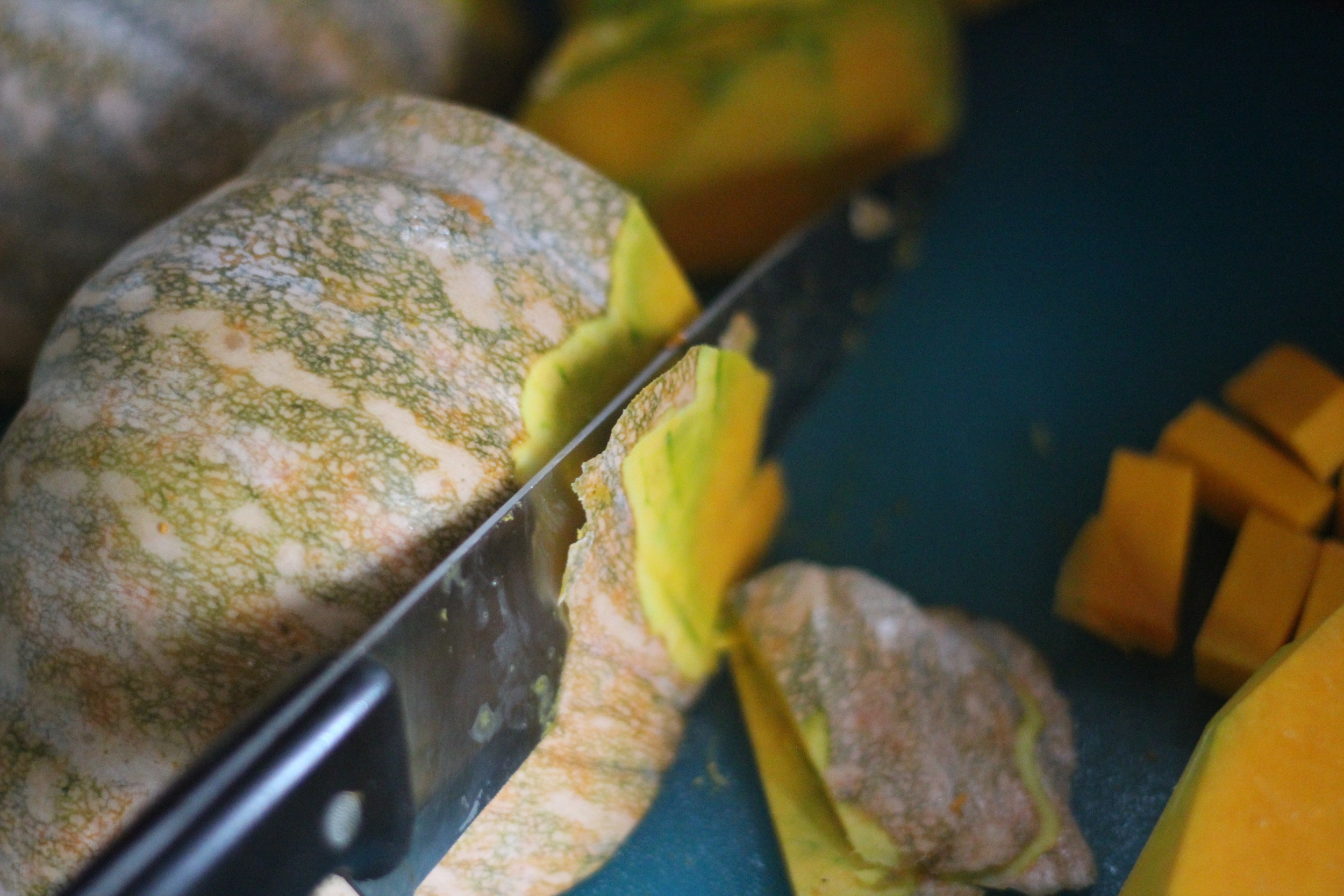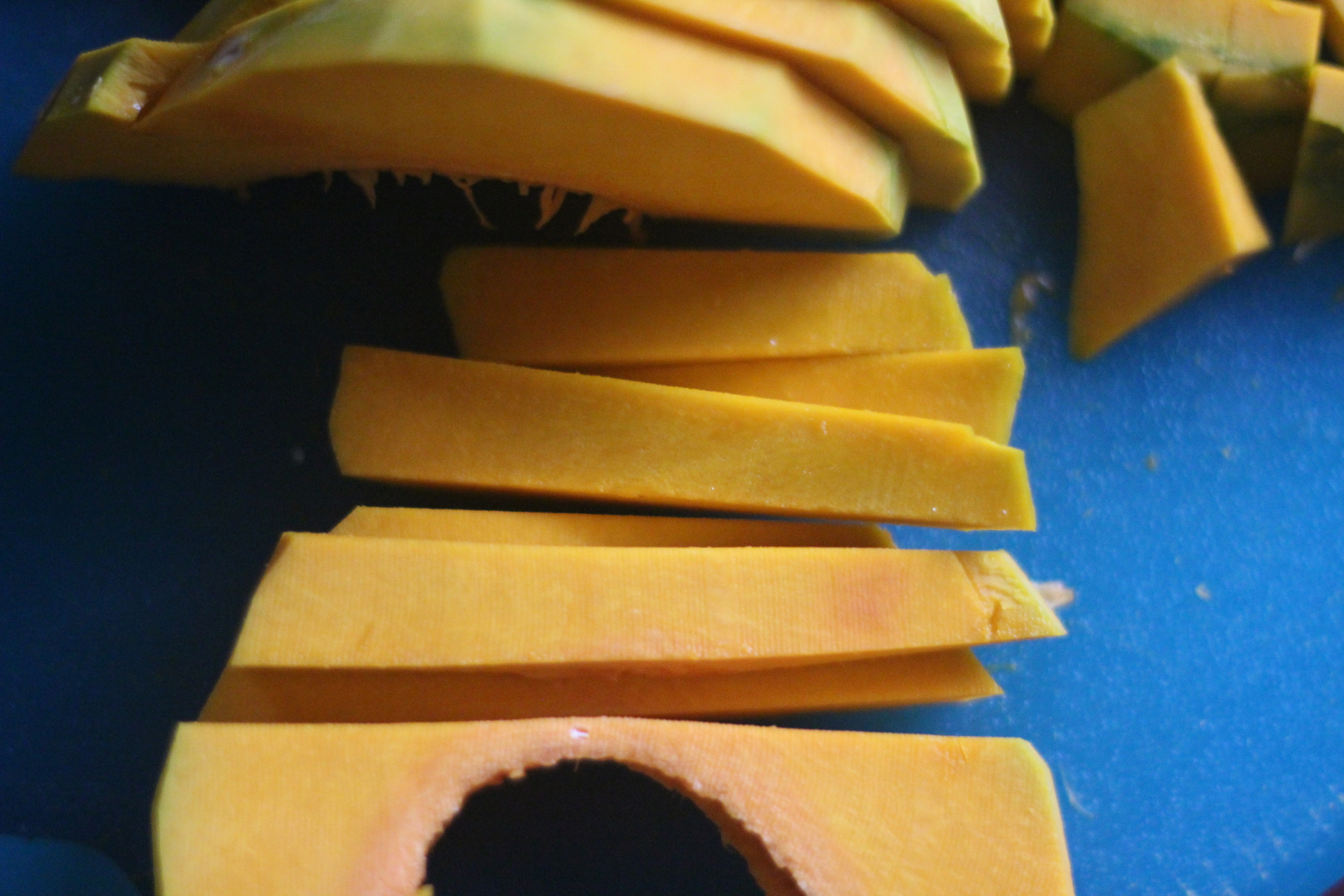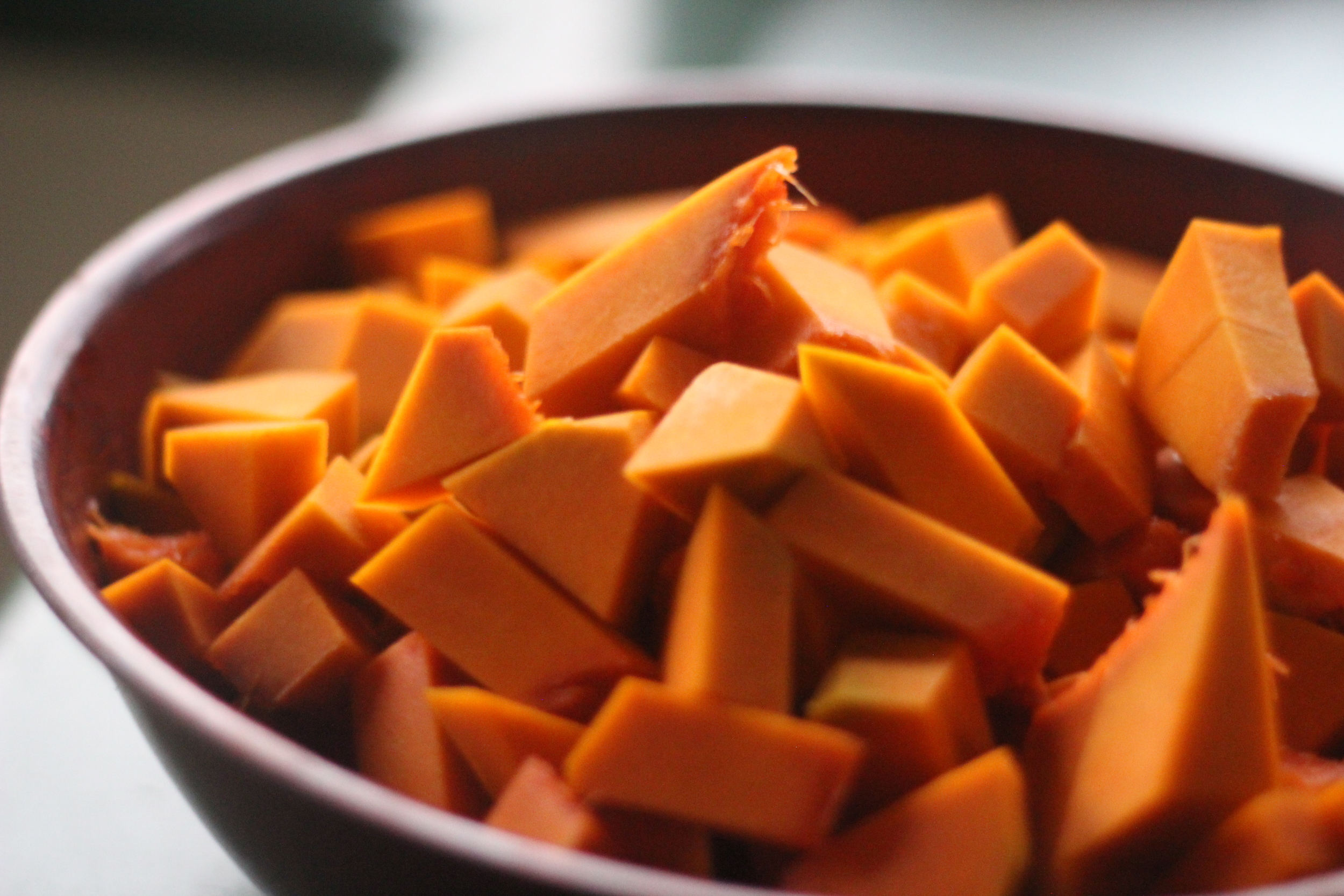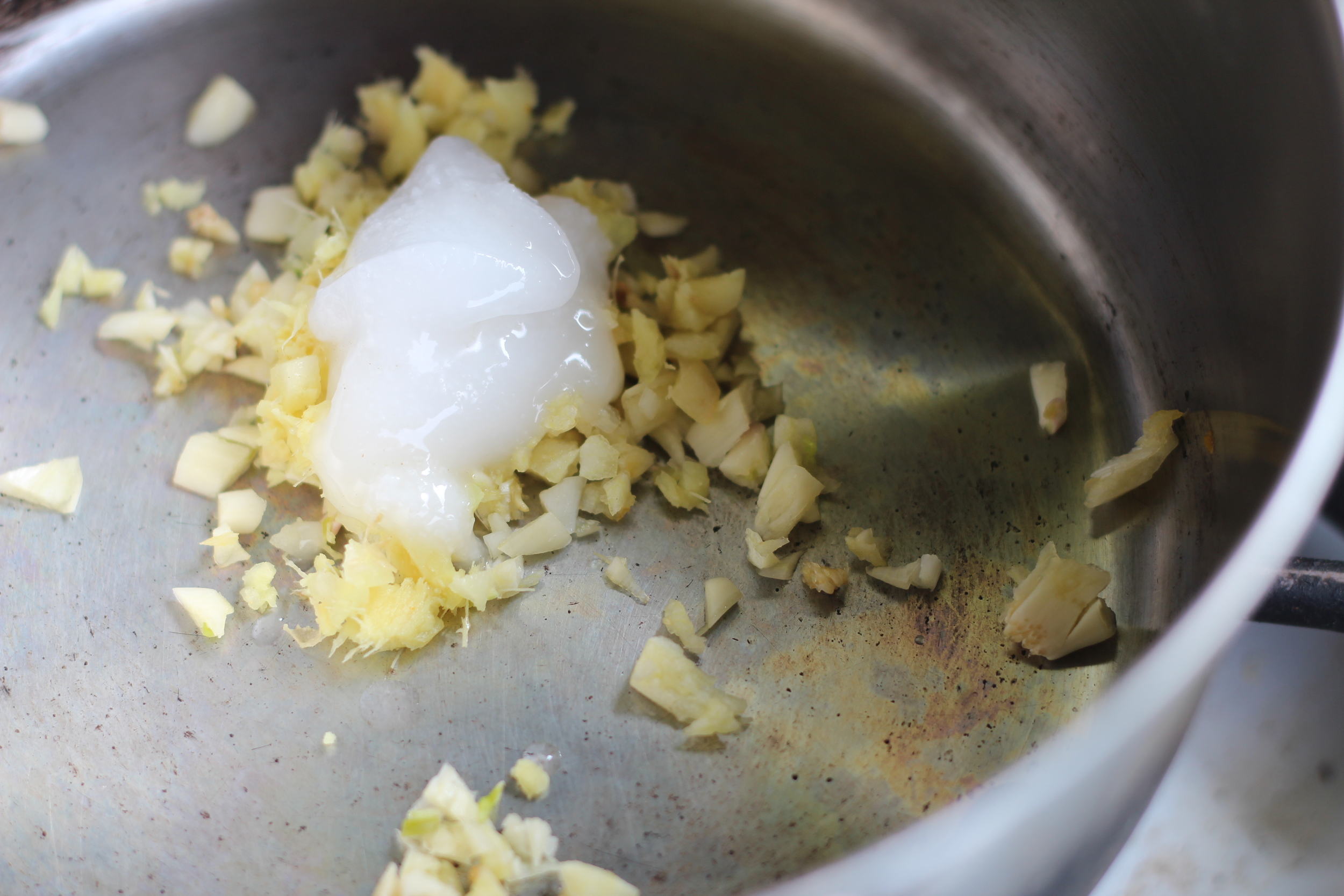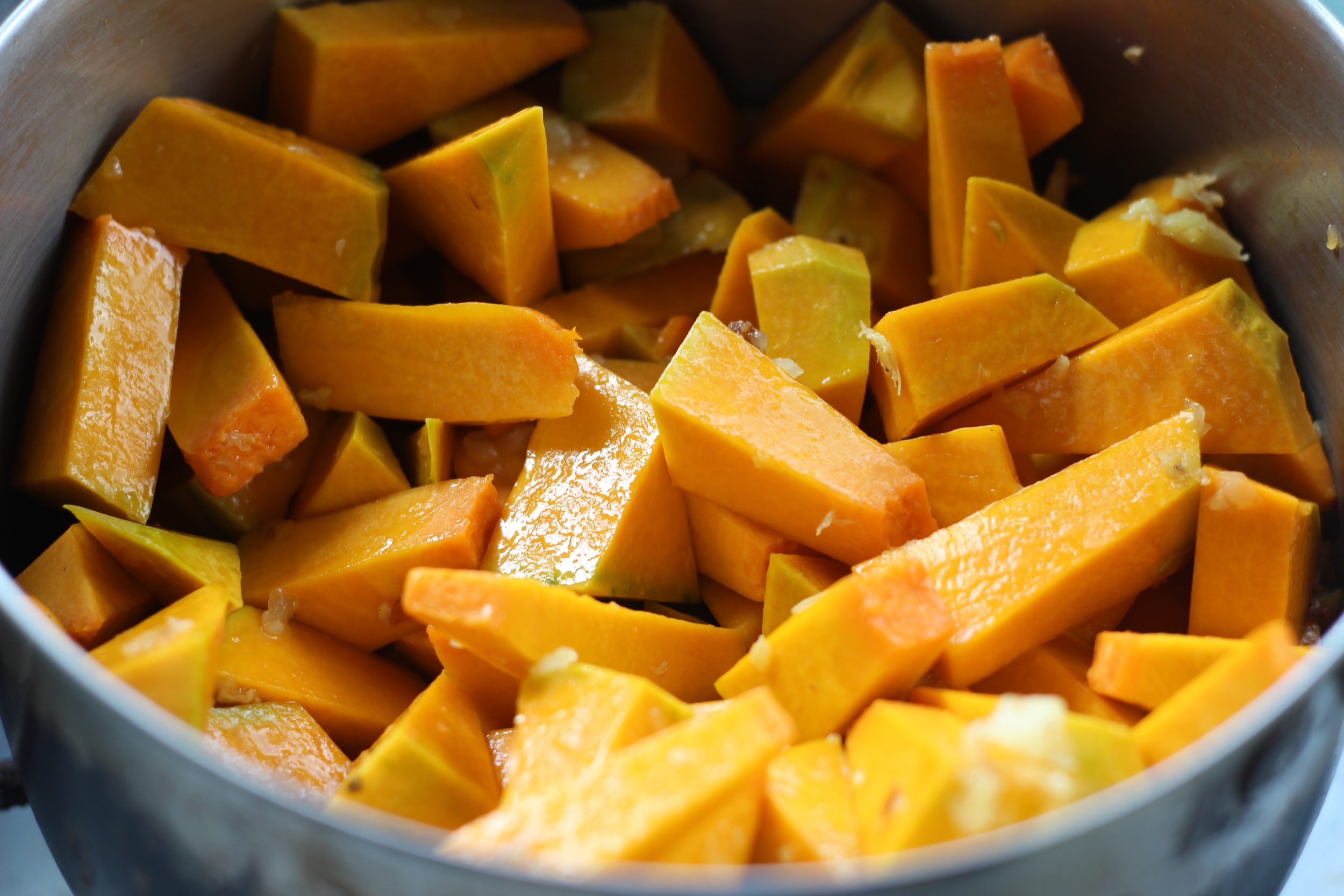Making pancakes will forever hold a special place in my heart. For the few short years that I was an only child, my dad and I would make pancakes every Saturday morning. As a kid, I remember the magic of watching the soupy batter transform into a fluffy stack of deliciousness, the sizzle of the butter as batter hit griddle, and the excitement of "the flip" to find those crispy golden edges on the pancake underbelly. My favorite part of pancake making was the little dribbles of batter that would hit the hot griddle and become tiny bites of crispiness. I liked these so much that I my dad and I named them “dingle-hoppers,” and I requested we make as many of these baby pancakes as possible.
The sizzling sound of batter hitting griddle never fails to take me back to those happy Saturday morning memories with my dad… and that's probably one of the reasons I’ve been making these pancakes at least once a week since I discovered them a few months ago. Besides an excuse to reminisce, the simplicity of the ingredients, lack of measuring, and satisfying nature of these babies keeps me coming back week after week. Sure - some would argue they’re not comparable to real pancakes, but I think they’re just as good, especially because you can eat a full stack without feeling like you need a nap afterwards! Note that they do taste like banana, so if you don’t like bananas, they might be a no-go for you (but I say you should still try them!).
THREE INGREDIENT BANANA POWER PANCAKES
Recipe based on this guide from The Kitchn (although the olive oil + salt topping was my idea... I know it might sound weird but it's SO GOOD - give it a try!)
Ingredients:
- 1 banana, at least ripe enough to eat, but a brown one is fine too
- 2 eggs
- dash of cinnamon (I consider this an essential ingredient, but if you don't like cinnamon, you could certainly leave it out)
^I usually double this and make extra to eat the next day or for a snack
+ butter or neutral oil for cooking
To top it off, I recommend:
- olive oil + salt
... but you could also do nuts, yogurt, maple syrup, berries, or whatever you like!
Tools and stuff:
- medium bowl
- fork and spoon
- thin spatula for flipping
- griddle, cast iron pan(s), or other wide non-stick pans
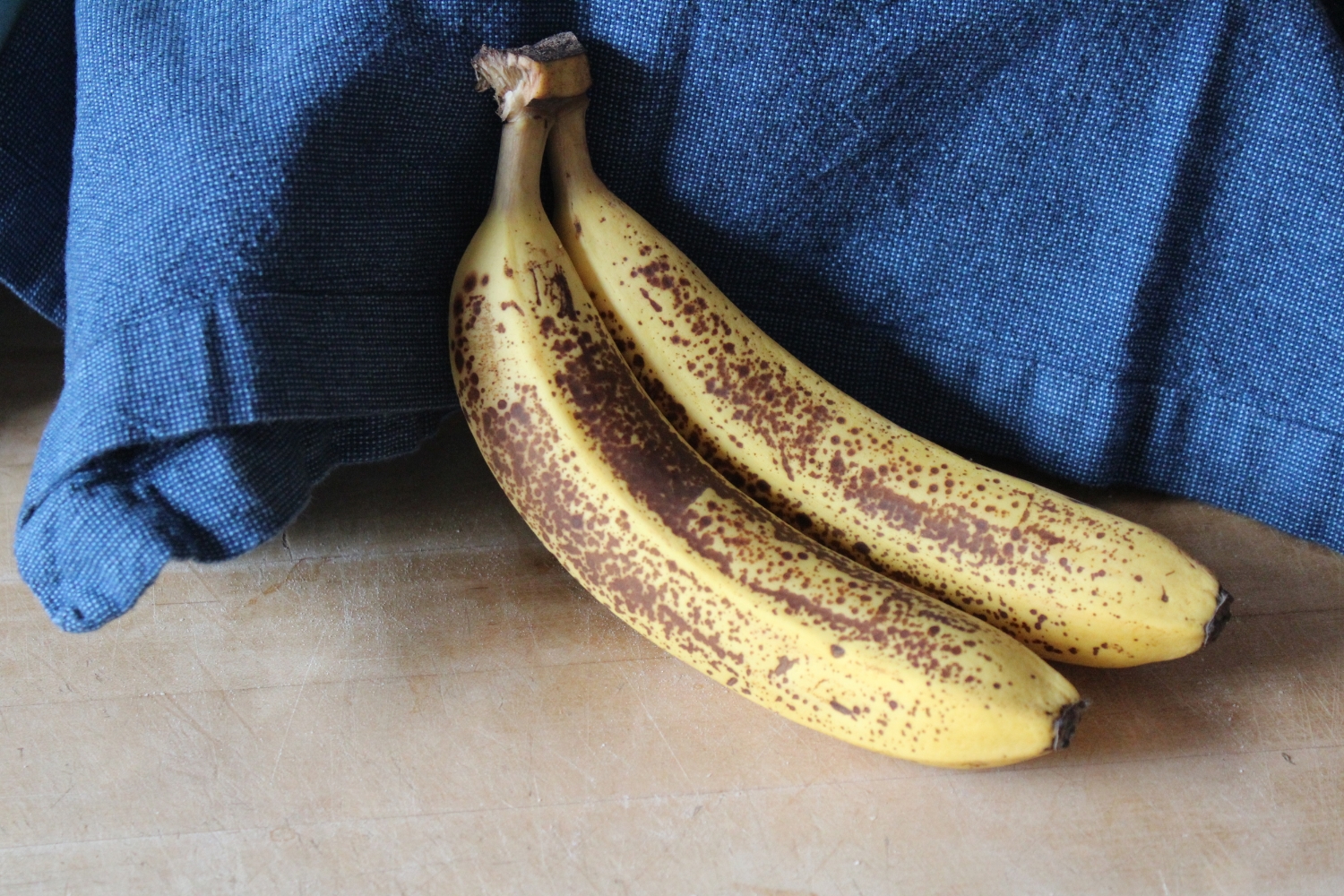


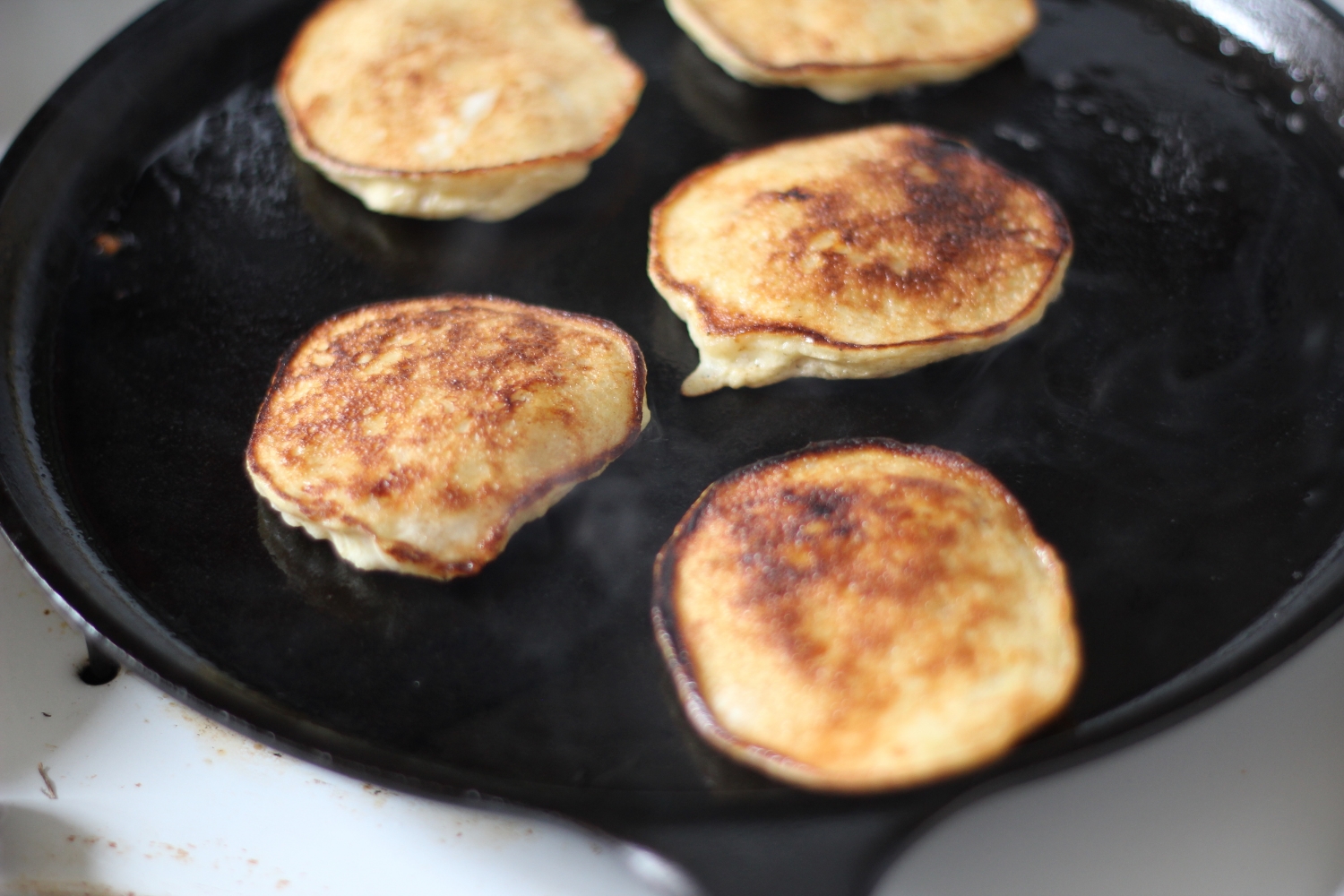
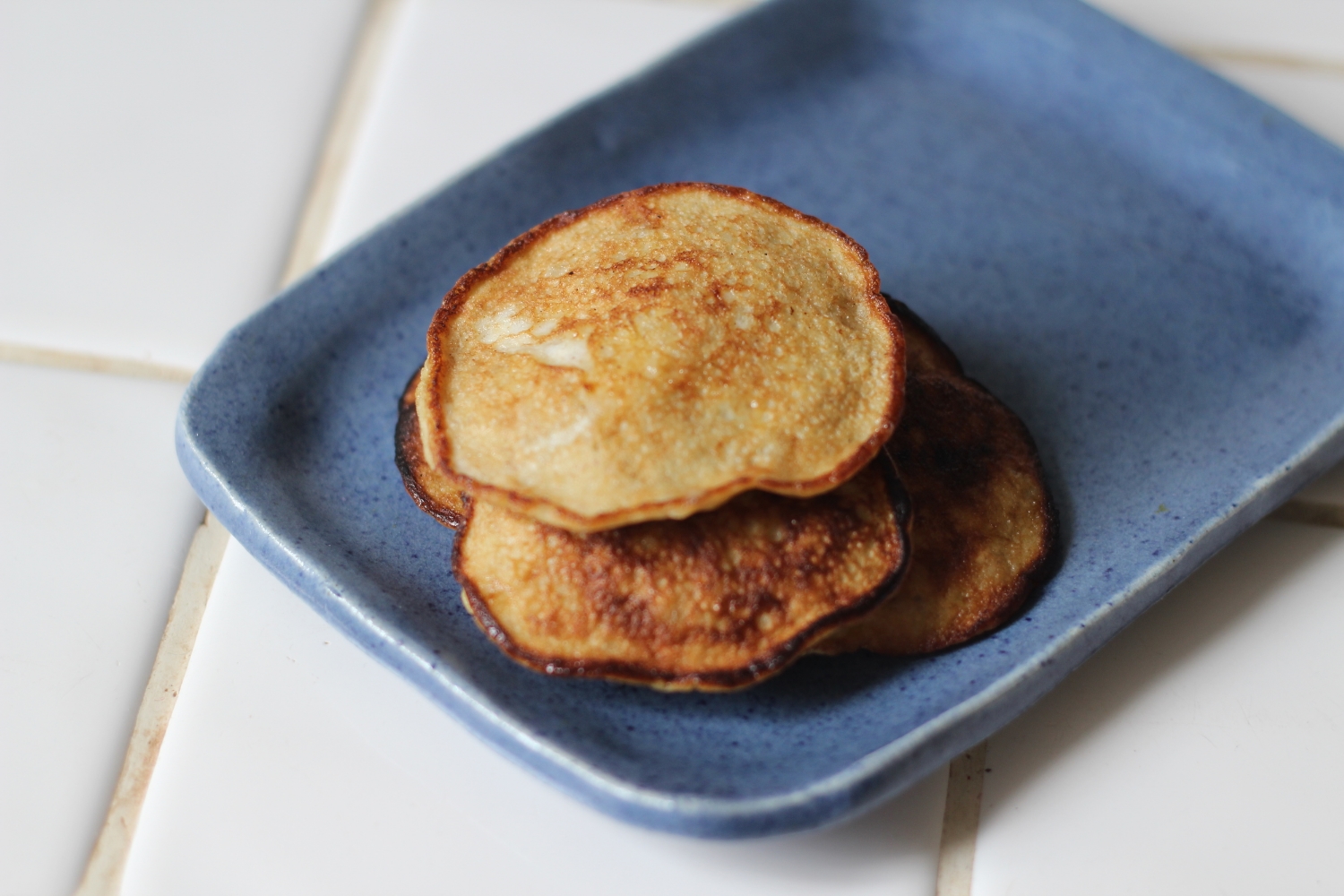
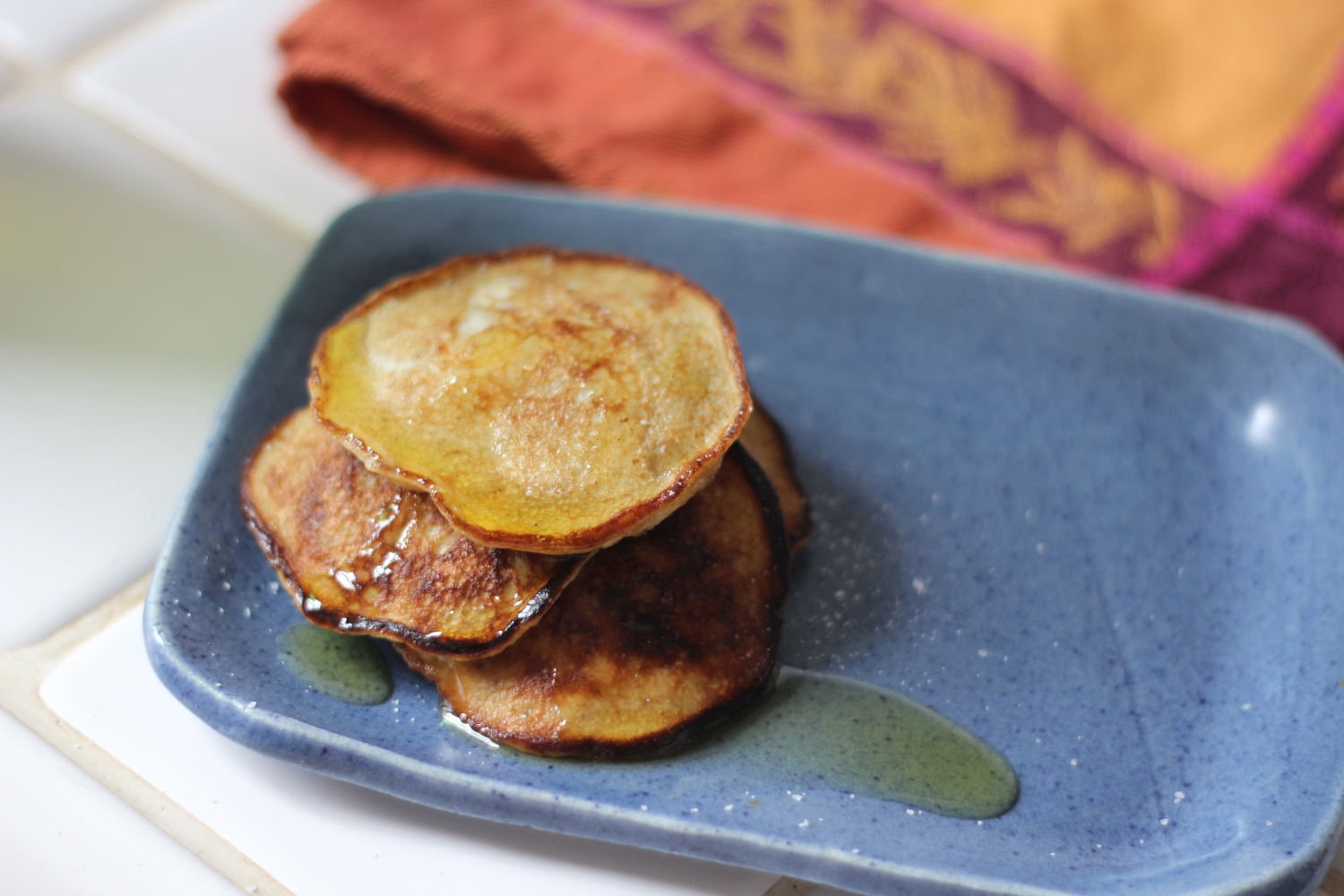
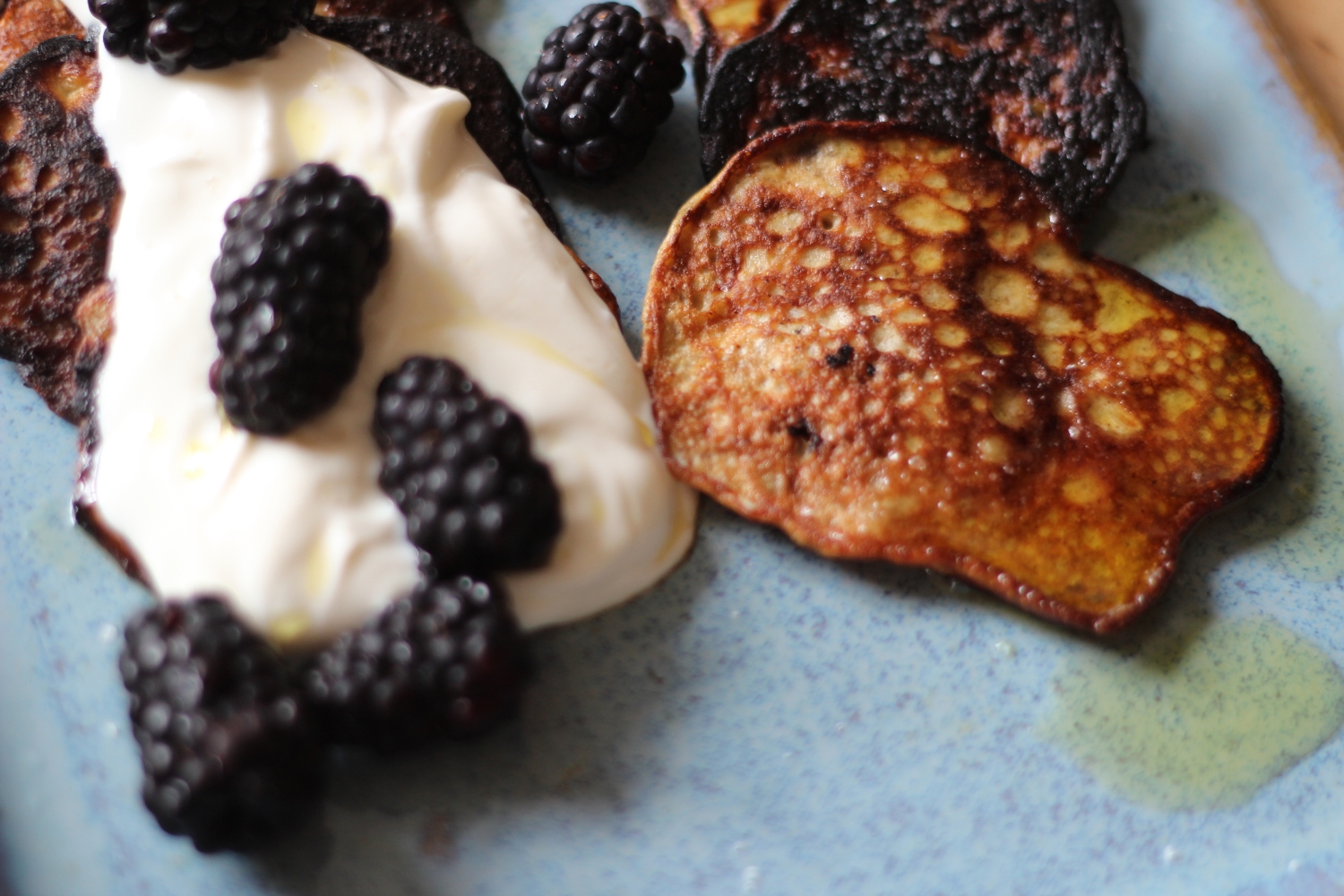
Instructions:
- Place banana(s) in a medium bowl and mash with a fork until it’s as liquified as possible.
- Add cinnamon and mix in.
- Crack eggs into the bowl, right on top of the banana mixture. Using the fork, break the yolks and gently scramble the eggs until combined, trying not to dip down into the banana (but don’t worry if you do). Sometimes I add a pinch of salt here to help break up the eggs. Once the eggs are mostly scrambled, mix down into the banana and stir until fully combined. There might be some egg whites that don’t blend completely - don’t worry about it.
- Heat up your griddle or cast iron/other nonstick pan on medium high. Lightly coat the griddle/pan with butter or cooking oil of your choice.
- Spoon batter onto the griddle using a normal size spoon. The batter will spread pretty thin so it’s best to keep the pancakes small. Allow the pancakes to cook for a minute or two (you can gently check the edges for done-ness), then carefully flip them. They are much more delicate than normal pancakes but as long as the first side is golden, they should flip just fine.
- Cook for another minute or so until done, then stack on a plate. Continue cooking pancakes, adding more butter/oil as needed to keep the pan lightly coated - this is what gives you the crispy edges! Note that because these pancakes are so thin, they cool pretty fast, so when you’re done with all the pancakes, you may need to rewarm them really quick on the hot griddle before eating.
- When you’re ready to eat, arrange in a pile or stack, drizzle with olive oil and a pinch or two of salt. The pancakes are already a little sweet from the banana, so I love this savory topping, but you can definitely top with whatever you like!
Additional notes:
- I find that for one person, a double batch usually makes enough for two breakfasts plus a few “snack” pancakes, so adjust your quantities as needed depending who you're cooking for. The ratio is 2 eggs for every 1 banana - pretty easy! Store in an airtight container in the fridge and the next morning you can warm up in the toaster oven or pan in a few minutes.
- I’ve experimented with adding a bit of baking powder at the same time as the cinnamon - it makes the pancakes rise nicely while cooking, but they lose the fluffiness as soon as you take them off the heat, so I left that out of this recipe, but feel free to try on your own (plenty of other ideas/suggestions in the Kitchn guide)! If you want to add other spices, make sure you add them to the banana BEFORE you add the eggs, otherwise you’ll get little clumps of powders, which are really annoying to break apart.
- If you have a griddle, this will help make the pancake-making process quicker! If you’re like me and don’t have a griddle, I’d recommend using at least two pans going at once to speed the process. If you’re using cast iron, the good news is that the pan stays pretty clean, I just let it cool down, wipe excess oil with a paper towel, and call it a day!




